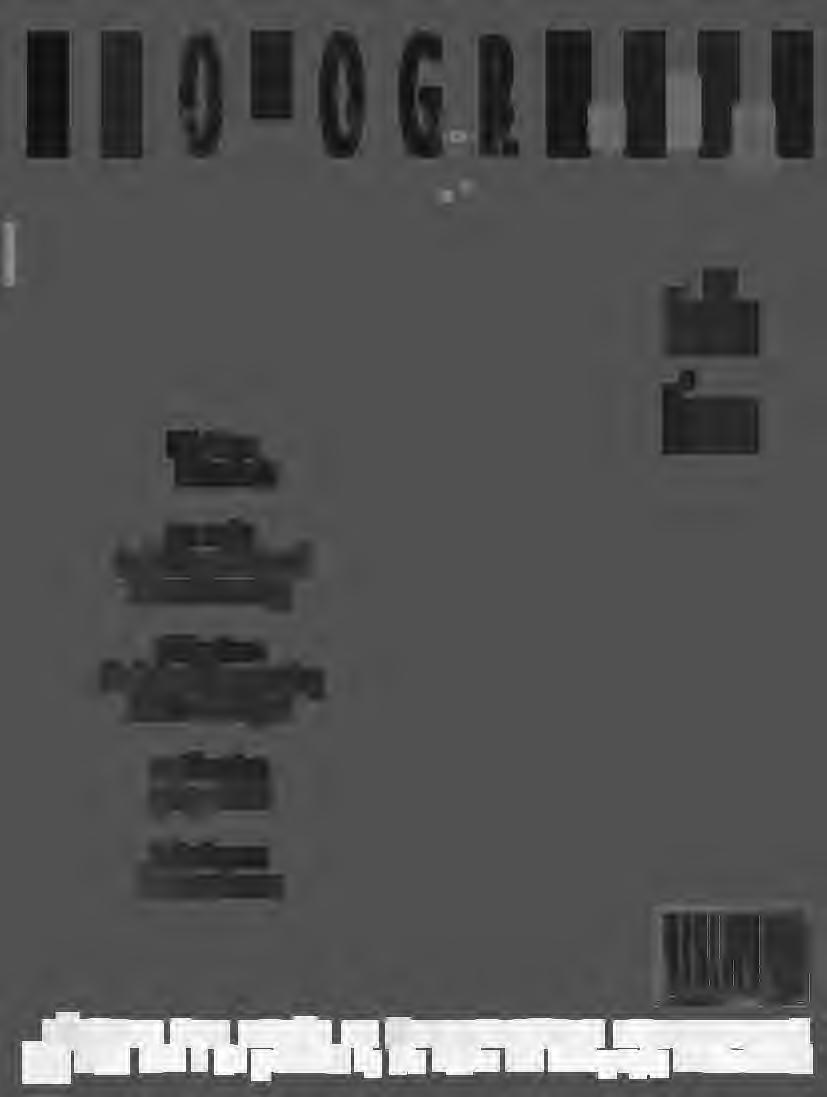
PQeditors
now take ~time 7 25274 81205 9 79 DISCOVER THE WORLDOF.CONTEMPORARYPHOTOGRAPHY 2000/ PQ #79 / $7 publishedby the Center for Photographyat Woodstock
woodstockair jon newlin invisiblerealitiesof dream& memory jeffrey hoone thefut.ureofsupporting artistshasa past marthawilson goingvirtual lindafreeman thetimeis
This publicationis made possiblewith public funds from the New YorkState Council on the Arts, the Institute of Museum and Library Services,theNationalEndowmentfor theArts, Center members, advertisers,and individuals.
STAFF
ExecutiveDirector,Colleen Kenyon
AssociateDirector,Kathleen Kenyon
Assistant Director,Lawrence P. Lewis
ProgramDirector,Kate Menconeri
ProgramAssistant, Ariel Shanberg EducationCoordinator,Judi Esmond
BOARDOF DIRECTORS
Marianne Courville, Frederick J. Edwards, Edward Garbarino, Frances Gray, David Karp, Arie Kopelman, Ellen K. Levy, David Maloney, Kitty McCullough, Frank Mercado-Valdes, Jeffrey Milstein, Sarah Morthland, Alan Siegel, Bob Wagner
ADVISORYBOARD
Ellen Carey, Philip Cavanaugh, Susan Ferris, Sheva Fruitman, Julie Galant, Howard Greenberg-Founder, Sue Hartshorn, W.M. Hunt, Greg Kandel, Peter Kenner, Laurie Kratochvil, Marcia Lippman, Peter MacGill, Marcia Reid Marsted, Elliott Meisel, Ann Morse, Gloria Nimetz, Sandra Phillips, Jose Picayo, Lilo Raymond, Ernestine Ruben, Charles Stainback, Neil Trager
ARTSADMINISTRATIONINTERNS
Amy Connoly & Lori O'Toole
PHOTOGRAPHYQuarterly#79, Vol. 19 No. 4, ISSN 0890 4639. Copyright© 2000 Center for Photography at Woodstock, 59 Tinker Street, Woodstock, New York 12498. Catalog essays © 2000 Jon Newlin, Jeffrey Hoone, Martha Wilson, and Linda Freeman. All photographs and texts reproduced in this Quarterly are copyrighted by the artists. All rights reserved. No part of this publication may be reproduced or transmitted in any form or by any means, electronic or mechanical, without written permission from the Center for Photography at Woodstock. The opinions and ideas expressed in this publication do not represent official positions of the Center. Printing by Kenner Printing LLC, NYC. Editor, Kathleen Kenyon; Assistant Editor, Kate Menconeri. Composition by Digital Design Studio, Kingston, NY. The PHOTOGRAPHY Quarterly is distributed by Bernhard DeBoer, Inc., Nutley, NJ 07110.
SUBSCRIBE: to receive the PHOTOGRAPHY Quarterlyfour times a year: U.S.A. $25 / Canada & Mexico $40 / International $45. Make checks payable CPW, MC/ Visa accepted.
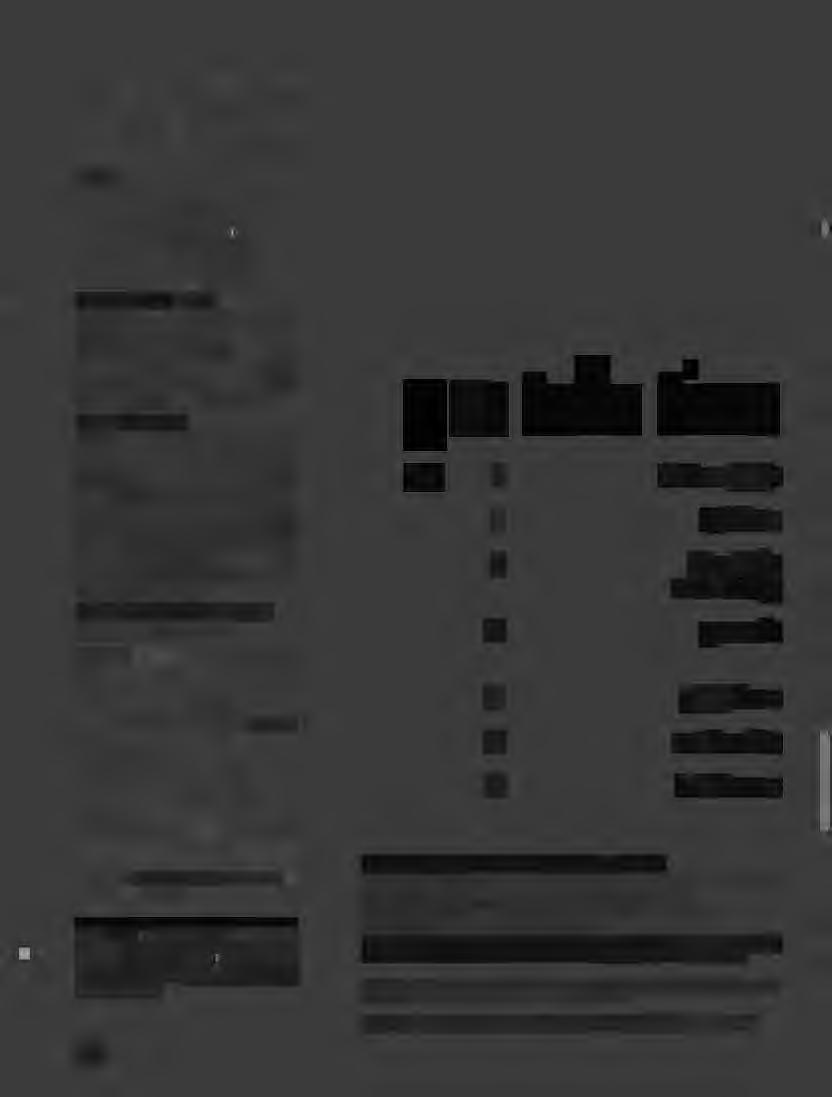
Dearreaders,pleaseletusknowwhenyouchangeyouraddress. Foundedin 1977,theCenteris a not-for-profit501(c){3)artsandeducationalorganization.TheCenter'smissionis to providean artistichomefor contemporaryphotographerswithprogramsin education,exhibition.publication, and serviceswhichcreateaccessto professionalworkspace,nourishingresponses,and newaudiences.Our servicesinclude:darkroom,library,slide/videoarchives,permanentprintcollections,slideregistry,residencies, classes,lectures,film/videoscreenings,workshops,gallerytalks,internships,portfolioreviews,andmemberships. CentergalleriesandeducationalresourcesarefreeandopentothepublicWednesday - Sunday, noon-5pm.TEL845679-9957FAX845679-6337.Visitusatwww.cpw.org.Email:info@cpw.org.
COVER:© Kunie Sugiura, 1995, Tulips,toned silver print, 40x30".
[pp 2 & 31 © DannyTisdale, 1999,Farm, Woodstock, NY, color prints, collage and paint, 18x12".
Pq/2 tak • Pq#79 e time page 3 kathleen kenyon 4 PQ editors 9 hyla skopitz ariel shanberg 10 JOnnewlin 14 jeffrey hoone 16 martha wilson 19 linda freeman
Introduction
CPWArtists-in-Residence
OpportunityKnocks / NotedBooks
InvisibleRealitiesof Dream& MemoryThePhotographs of JosephineSacabo
TheFutureofSupportingArtistshas a Past GoingVirtual
TheTimeis Now
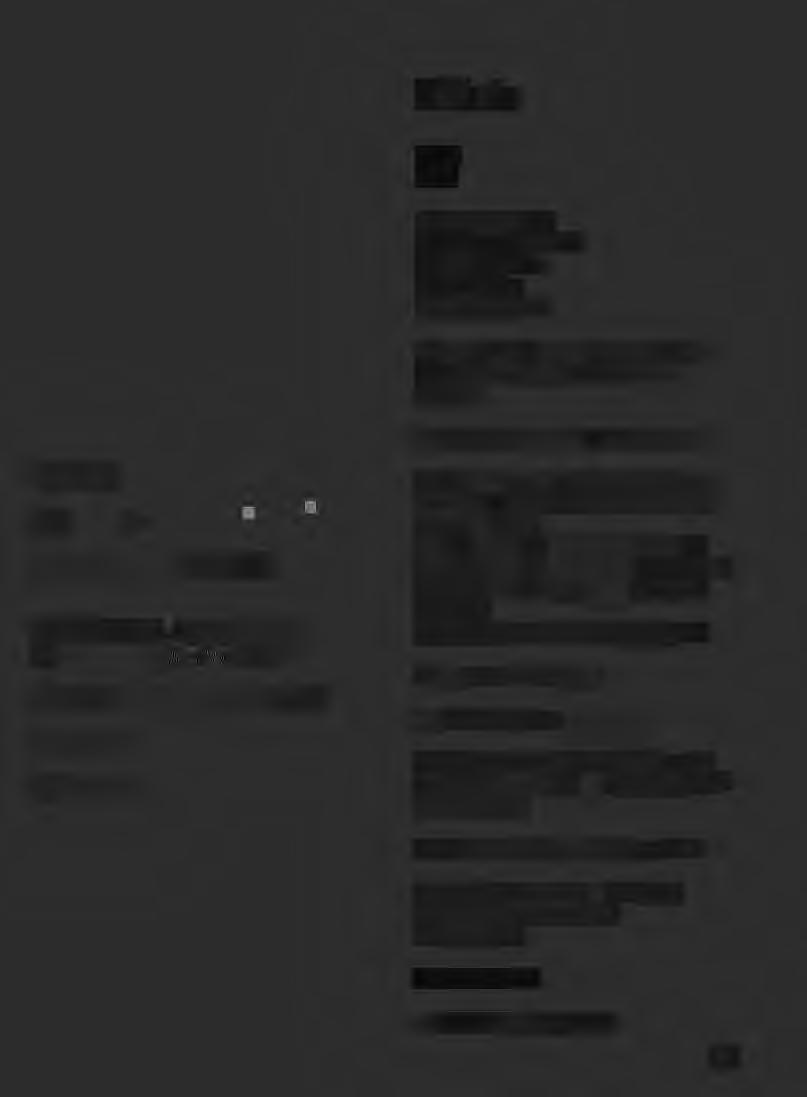
Introduction
TAKE TIME
Hickory Dickory Dock the mouse ran up the clock the clock struck one and down he run hickory dickory dock
Are you an artist in a hurry? Does your time fly by?
In this issue, we provide alternatives to clock watching.
The refreshing tonic may be an artists' residency.
At such places you find a quiet laboratory for your inventions and a safe harbor from the "storms" and pressure of daily life.
You will discover that the Center, Lightwork, and many other sites offer opportunities for artists to take time out to create in a space circled by a creative community.
Residencies give the creativesoul breathing time.
Do you want to beat the clock?
You could embrace new technologies.
Author Martha Wilson of Franklin Furnace sets the stage for those of you ready for an assemblage of 21st century sightseers.
Or seek revitalization just by viewing new work!
Leaf through Linda Freeman's (a Time editor) selections of contemporary artists who imagine that TIIETIMEIS NOW.
-Kathleen Kenyon, PQ editor
Pq/3
WOODSTOCK A-I-R
editors, Judi Esmondand Ariel Shanberg
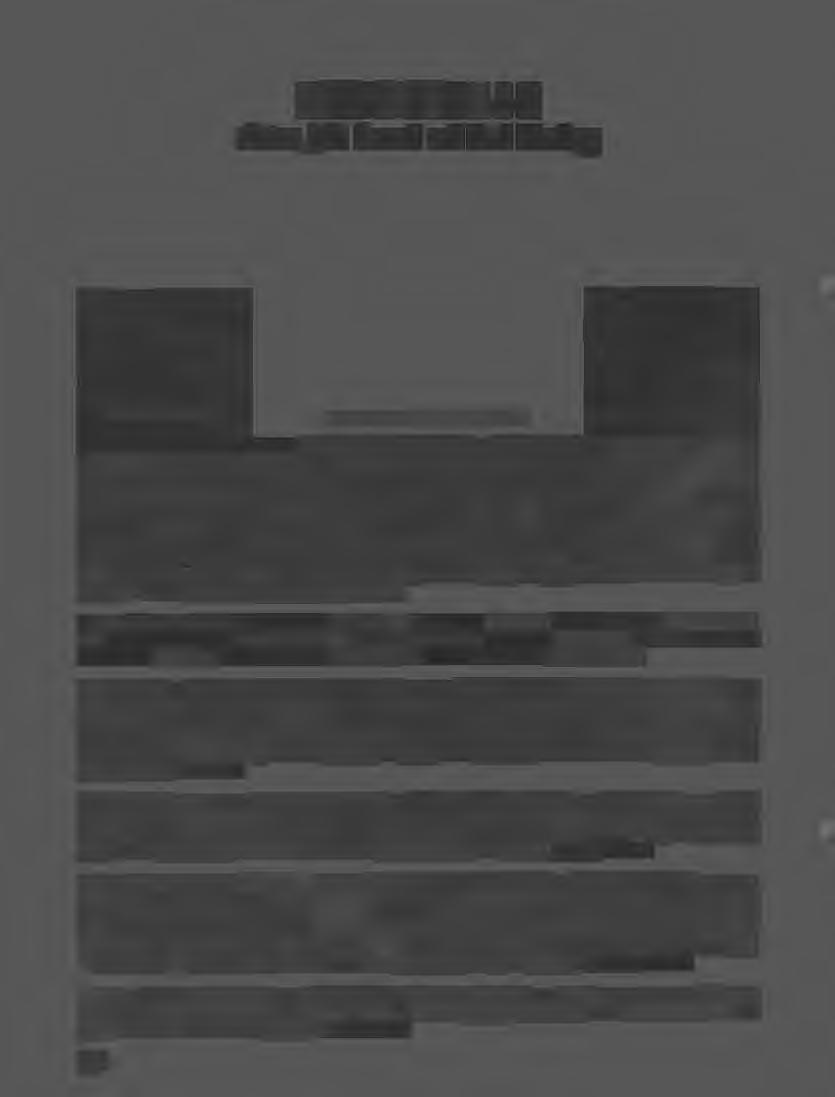
The Center for Photograin-Residence program is ists with residency, exhiopportunities. This activphasis on supporting at the brink of their cabackground, and promis1-R allows artists the
phy at Woodstock Artistdesigned to support artbition, and publication ity is created with an emphotographers who are reers, of diverse ethnic ing talent. Woodstock Atime, space, and financial
© 1999 Charles Martin, Woodstock, NY, gelatin silver means to pursue creative risk-taking in an environment rich in cultural resources. Working without distraction or interruption, invited photographers may focus intensely on their own work and are encouraged to continue works in progress, set goals for the future, or break new ground. The Center selects artists based on the quality of their art and welcomes all voices, styles, content, and techniques. Each resident spends from two to four weeks with the Center and is given accommodations at the historic Byrdcliffe colony. Byrdcliffe was founded in 1902 by Ralph Radcliffe Whitehead as a utopian artists' colony. With quiet and solitude, yet enlivened with a community of fellow artists, the Center's A-I-R photographers work in an idyllic environment, a gathering place renowned for its vibrant cultural history. Artists have free access to the Center's darkroom and digital imaging station, and receive an honorarium. All of us lead very busy lives - the drive for this program is to free the artist from the busy routines and demands of everyday - and to provide a sanctuary for creativiry.
In 1999 the Center hosted SUSAN EVANS (Boulder, CO), NINA KUO (NYC, NY), DANNY TISDALE (Compton, CA), and CHARLES MARTIN (Staten Island, NY). In 2000 we welcome JUR1KIM (NYC, NY), KARINA AUGILERA SKVIRSKY (NYC, NY), KUNIE SUGIURA (NYC, NY), and YOSHI SUGITATSU (Parsippany, NJ).
My memories as an Artist-in-Residence at the Center are ones of being rested and refreshed. The first days I was eager to adjust to the calm and soothing natural setting of Byrdcliffe. Meeting fellow artists, young writers, and playwrights was a nice break from my own art time. The town of Woodstock, the historical areas, intrinsic architectural style, indigenous contemporary culture, and its unique identity was an eye-opener. I was able to concentrate on experimenting with new projects. It is great to be a full-time artist and to shelter yourself with an inspiring staff - Nina Kuo
The Residency gave me an opportunity to reflect on the work that I've created over the last few years, while allowing me to conceptualize new work. With the combined opportunity of having a solo exhibition and a Residency I was able to understand where the work is presently and see where my work is going. The Residency gave me an opportunity to research Woodstock's history, present, and future. - Danny Tisdale
Photography requires long periods of gestation for me.At Woodstock I worked on material I had shot years ago. My time in the darkroom was without disruption and enabled particularly by the assistance of Judi Esmond, the A-1-Rcoordinator.Access to the Center's library added to the bibliography I use in teaching at Queens College.My stay as an Artist-in-Residence was an undistracted, concentrated, and contemplative opportunity to organize, consider, and produce work. The lively response from Center staff to my series Reflections may have been a sign - the Museum of Modern Art in New York has since purchased one of the images. - Charles Martin
.I got so much done ...Not only was I welcomed into the Center family, I was given generous access. The quiet rustic nature of my residency let me focus on my See America project, encouraged me to romanticize, and the open darkroom schedule was perfect! - Susan Evans
Pq14
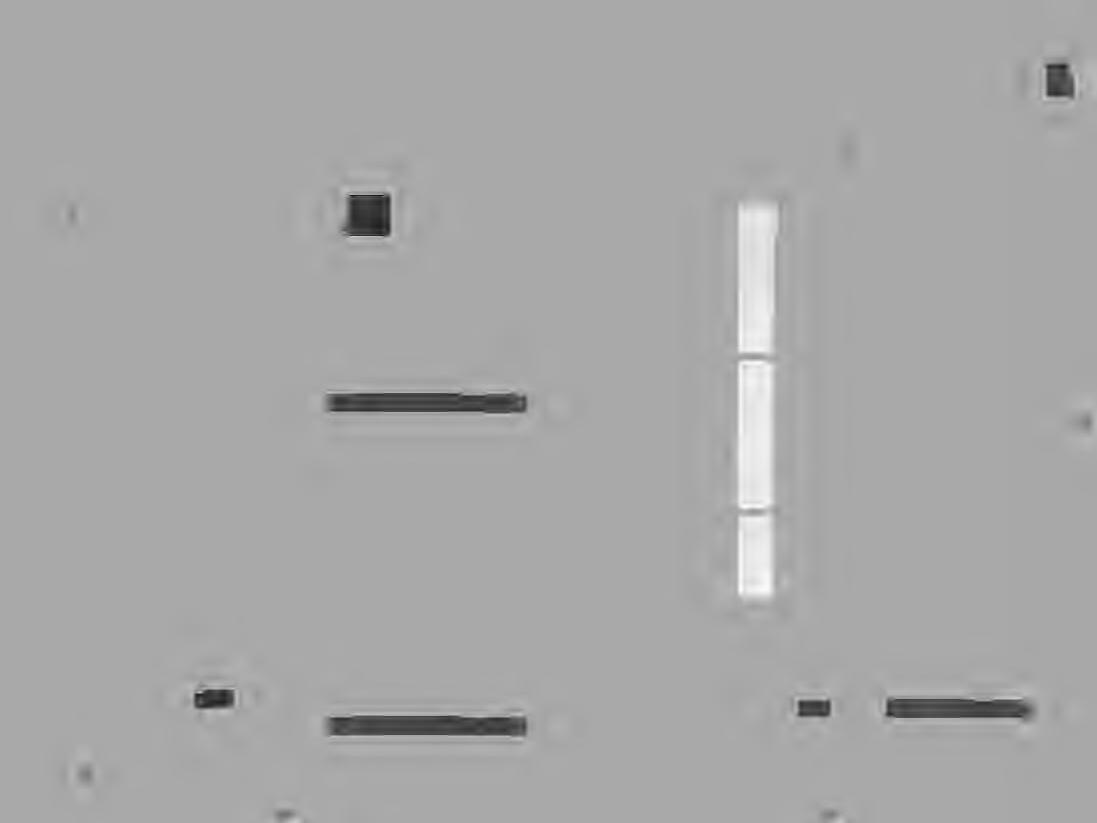 © 1999 Charles Martin, untitled, gelatin silver
© 1999 Susan Evans, See America project, gelatin silver
© 1999 Charles Martin, untitled, gelatin silver
© 1999 Susan Evans, See America project, gelatin silver
..,.,
© 1994 Charles Martin, untitled, gelatin silver
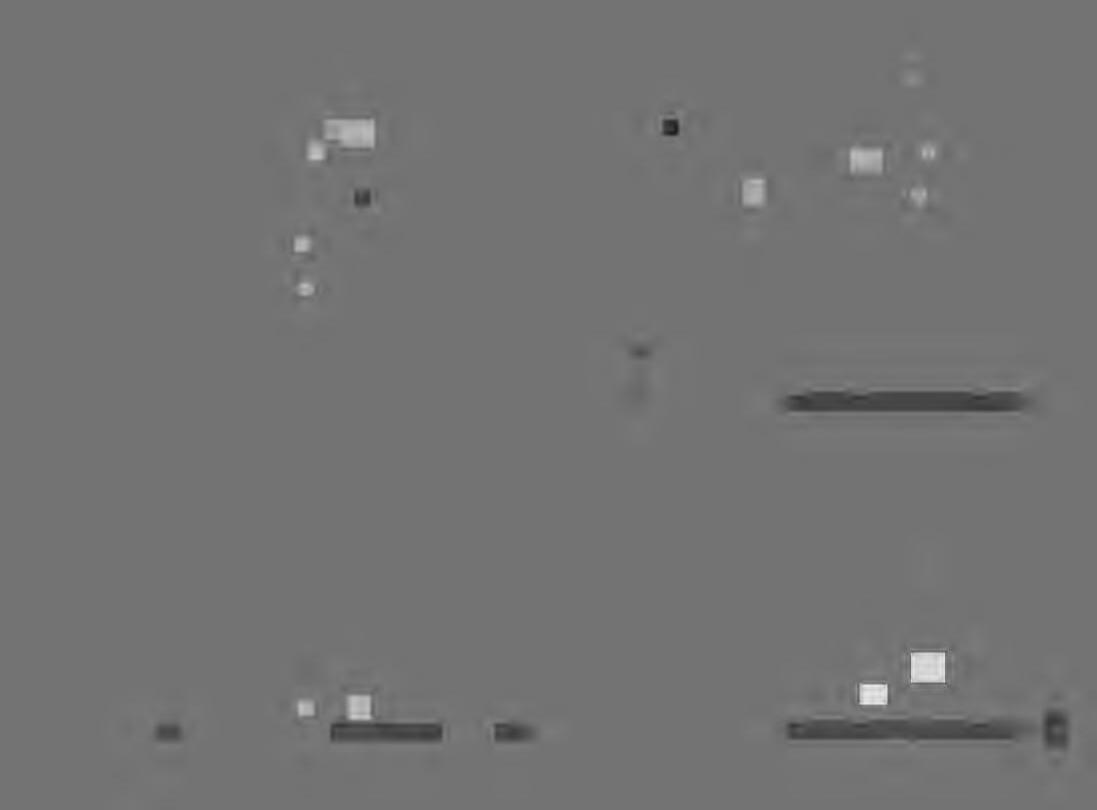
.i;'
-
© 1999, Kunie Sugiura, O's 3 Positive, toned gelatin silver
°'
© 1999 Danny Tisdale, Whitehead House, 1902, (Byrdcliff, Woostock, NY), color prints and collage
© 1989,Kunie Sugiura,Botanicus-17, toned gelatin silver
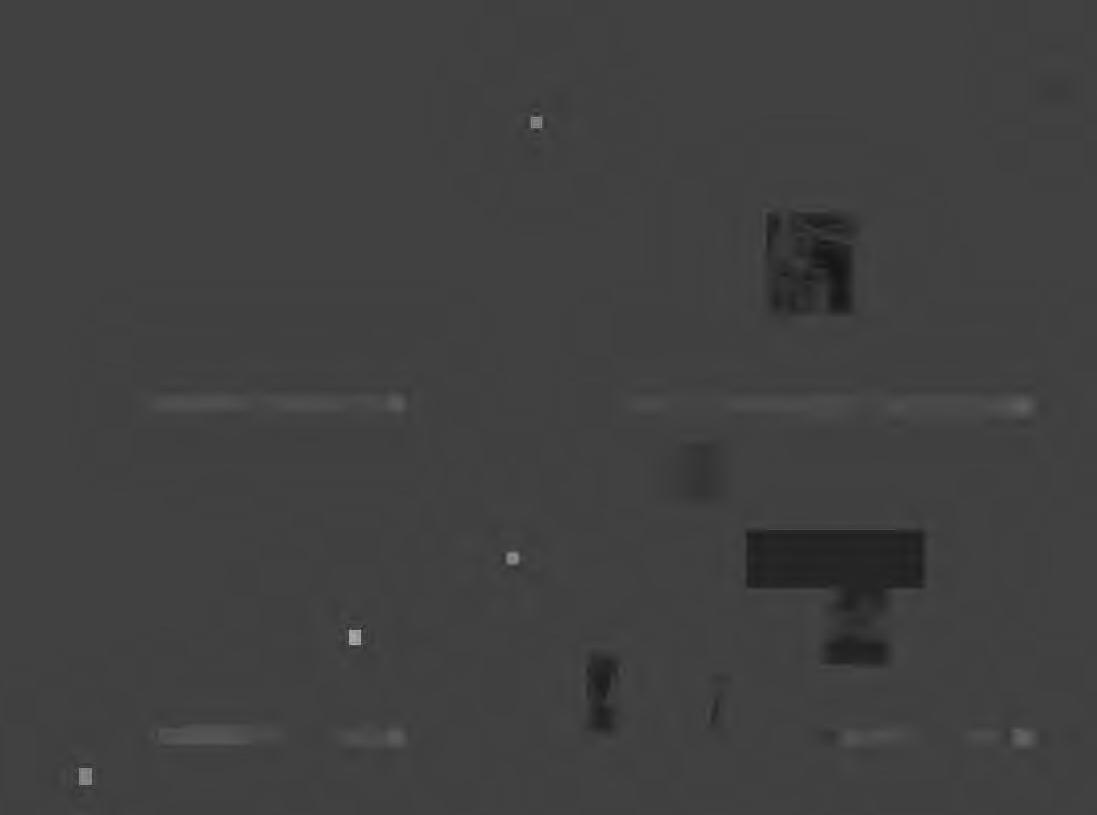
~-
© 1999 Nina Kuo, Chi Pao, from Center solo sh_o_w_______
© 1999 Nina Kuo, handmade dress with photography from the Chinese Banner Dresses series
.....
© 1999 Yoshi Sugitatsu, Soap Bubble series, gelatin silver
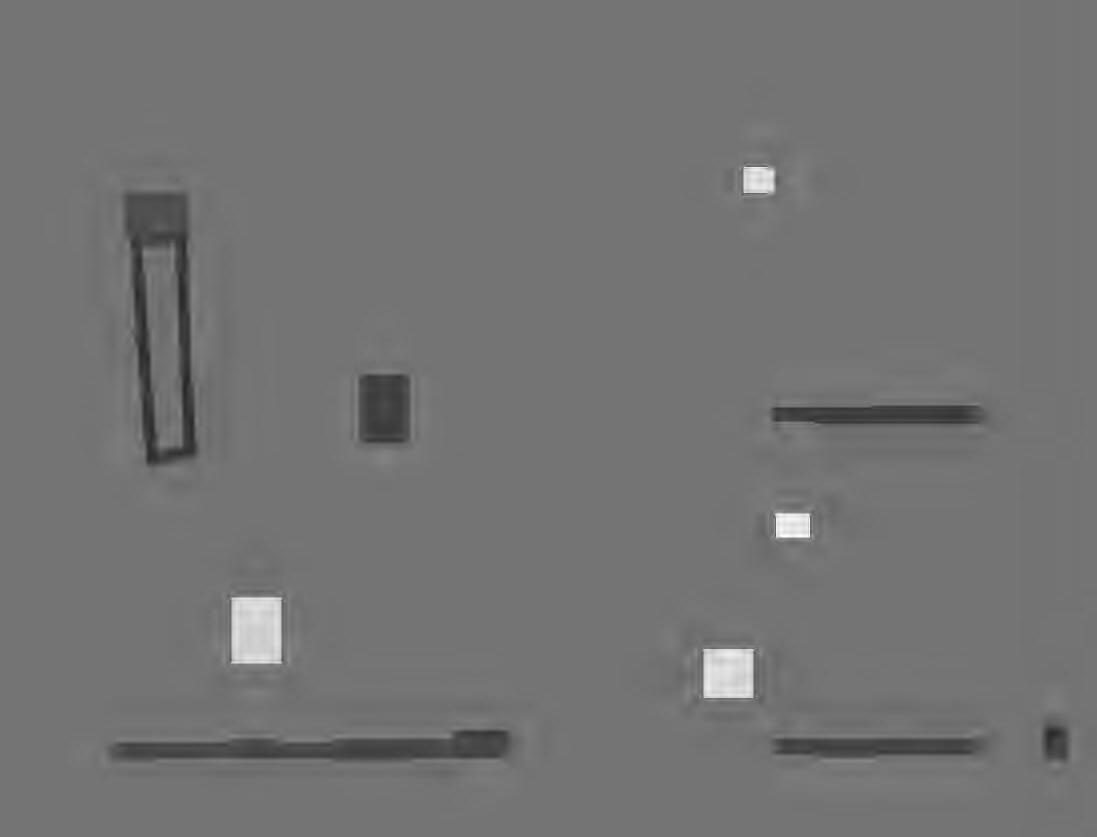
00
© 1999 Juri Kim, untitled, mixed media on canvas
© 1999 Juri Kim, untitled, mixed media on canvas
.. 1 I '.);1 l
© 2000 KarinaAquiler-• Skvirsky,Making the American Breakfast, room installation in kitchen w /Polaroids
NOTED BOOKS

ArtistCommunities are spaces where artists may live and work together. Most programs provide living and working space for artists on a temporary basis, usually between two weeks and three months. Some offer financial assistance. Some communities are open only to visual artists, while others welcome artists from other disciplines. Each community has its own program and philosophy.Artist communities offer support to artists to advance and continue one's own creative work.
AndersonRanchArtsCenter
This program aspires, through collaboration between artists and master technicians, to strengthen the exchange of information between arts and crafts.Available to artists who work with printmaking, ceramics, metal casting, wood working, photography, and sculpture. Studio space may also be available to artists interested in performance, mixed media and installation. For application/guidelines: P.O.Box 5598, 5263 Owl Creek Road, SnowmassVillage, CO 81615 T: 970-923-3181 / F: 970-923-3871.
GreatWeRetreats
This program offers Medora Fellowships to bring together artists in the beauty of nature for creative inspiration and the replenishment of the soul. A five day residency in September is limited to women writers, visual artists, and photographers. Contact: 13525 East Evans Creek Road, Rogue River, OR 97537 T: 541-582-3927
LightWorkVisualStudies,Inc.
This artist in residence program provides photographers with an opportunity to work on projects of their choice free of any distractions or obligations. It is a one month residency which includes housing, a private darkroom, and a $1,200 stipend. Open internationally, call or write for application/guidelines: 316 Waverly Ave, Syracuse, NY 13244 T: 315-443-1300/ F: 3 15-4439516.
MacdowellColony,Inc.
Founded in 1907 to provide creative artists with uninterrupted time and seclusion to work and enjoy the experience of living in a community of gifted artists.The average length of a residency is six weeks.Artists receive room, board, and exclusive use of a studio.Ability to pay for residency is not a factor, fees are voluntary.Writers, composers, visual artists, architects, and interdisciplinary artists write or call for application/guidelines: I 00 High Street, Peterborough, NH 03458T: 603-924-3886/ F: 603-924-9142.
RELATEDPUBLICATIONS:
AboutCreativeTimeSpaces ACTSby Charlotte Plotsky is an international sourcebook that provides information about programs in the USA, Canada,and,various other countries. Communities for visual, performing, literary, and other types of artists are listed. Contact: P.O.Box 30854, Palm Beach Gardens, FL 33420 T: 561-625-2273 /F: 561-625-60 I 0.
ArtistsCommunities Compiled by the Alliance of Artists' Communities, this is a definitive guide to residence opportunities in the United States for visual and performing artists, composers, and writers. Contact:Allworth Press, IO East 23,dStreet, Suite 400, New York, NY I 00 IOT: 800-491-2808 /F: 212-777-8261.
editorhylaskopitz
TheCenterforPhotography'slibraryisopentoallindividuals,freeof charge,Wed-Sun,12-5pm,orbyappointment.W!thankthosewho havegenerouslydonatedqualitybookstothisholdingandwelcome newadditions.Recentdonationsinclude:
·1.Jam.esFee:NewFigurativeWork,photographyby JamesFee, introductionby CraigKrull,Farmani& Fee,CA;1999,soft cover,21 color photographs.Donatedby theartist.
2. PracticalNudePhotography/LucienClergue,photographsandtext by LucienClergue,FocalPress,Boston,MA;1984,hardcover,black-&-white photographs.Donated'byJeffreyNutkowitz.
3. WitnesstotheFifties/ThePittsburghPhotographiclibrary,19501953,editors,ConstanceB. SchulzandStevenW. Plattner,photographs by JamesP.Blair,EstherBubley,HaroldCorsini,ArnoldEagle,Elliot Erwitt,ReginaFisher,ClydeHare,RussellLee,Sol Libsohn,Francis Nestler,& RichardSaunderswith narrativeby ClarkeM. Thomas, Universityof PittsburghPress,Pittsburgh,PA;1999,hardcover,black-&whitephotographs.
4. ThierryBouiit/HotelPeople,photographsby ThierryBouiit,with forwardby PinoCacucci,SmithsonianInstitutionPress,WashingtonD.C.; 1999,hardcover,black-&-whitephotographs.
5. MaryKoga/Photographs,photographsby MaryKoga,editedby Ellen Ushiokawith introductionby JamesYood,self-published,Chicago, Illinois;1999,color andblack-&-whitephotographs.Donatedby theartist.
6. legends/DouglasKirkland,photographsandtext by DouglasKirkland with essaysby GiovanniLucaDarbiandGraziNeri,LeonardoArte Press, Venice,Italy:1997,softcover,colorand black-&-whitephotographs. Donatedby theartist. •
7. BodyStories/DouglasKirkland,photographsandtext by Douglas Kirklandwith essaysby ElenaBespalova,LeonardoArte Press,Venice, Italy:1997,softcover,colorand black-&-whitephotographs.Donatedby theartist.
8. lnfanta/RalphGibson,photographsby RalphGibsonwith introduction by AlexandraAnderson-Spivyandafterwardby MaryGaitskill,Takarajima Books,NY:1995,hardcover,black-&-whitephotographs.Donatedby GeorgeRiling.
9. EarlyPhotographs & EarlyPhotographers,text by OliverMatthews, PittmanPublishingCo.NY;1973,hardcover,black-&-whitephotographs. Donatedby NinaKuo.
10. PuebloArtists:Portraits,photographsby TobaPataTuckerandtext by AlferdBush,RinaSwentzel!,LonnieVigil, Museumof NewMexico Press,SantaFe,NewMexico:1998,hardcover,black-&-white photographs.Donatedby theartist.
11. Haudensosaunee:PortraitsoftheFirekeepers-TheOnondaga Nation,photographsby TobaPataTuckerandtext by OrenLyons,Chief Irving PowlessJr., andAudreyShenandoah,SyracuseUniversityPress, Syracuse,NewYork:1999, hardcover,black-&-whitephotographs. Donatedby theartist.
12. HeberSpringsPortraits:ContinuityandChangeInTheWorld OisfarmerPhotographed,photographsby TobaPataTucker,andtext by AlanTrachtenberg,HelenA. Harrison,andartist,Universityof NewMexico Press,Albuquerque,NewMexico:1996,hardcover,black-&-white photographs.Donatedby theartist.
13. EarlyDylan,photographsby BarryFeinstein,DanielKramer,andJim Marshall,forewordby Ario Guthrie,BulfinchPressBook,NewYork:1999, hardcover,black-&-whitephotographs.
14. BlackandWhitePhotography:ManifestVisions/AnInternational Collection,photographsby Lila Raymond,TanyaMarcuse,Eric Lindbloom,DanMcCormack,LawerenceLewis,JoJoAns,Ernestine Rubenandothers,text by JamesLuciana,QuarryBooks,Massachusetts: 2000,hardcover,black-&-whitephotographs.
15. TheArtofEnchancedPhotography:BeyondthePhotographicImage, photographsby Jerry Uelsmann,Joy Taylor,OliviaParker,Francois Deschamps,andothers,text by JamesLucianaandJudithWatts,Quarry Books,Massachusetts:1999,hardcover,colorand black-&-white photographs.Donatedby EvaHeyd.
editorarielshanberg
ol(
Pq/9
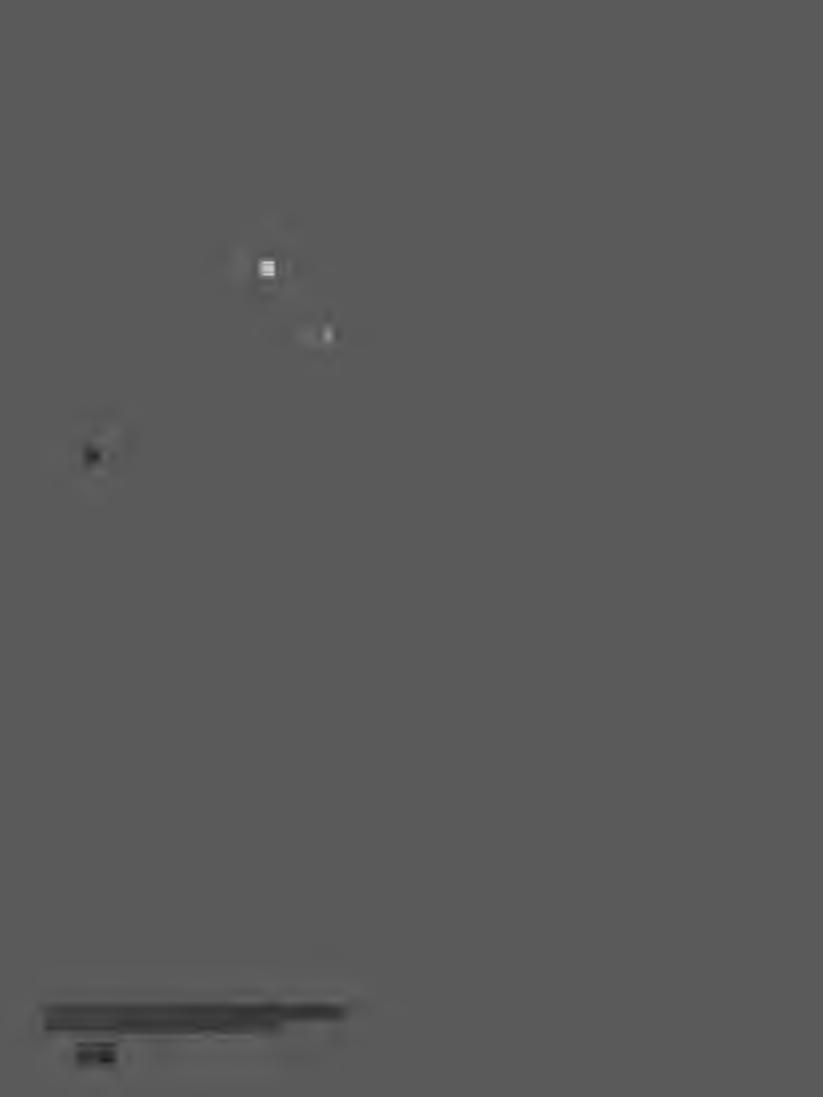 © 1997,Josephine Sacabo,Susana Sanjuan, from the series El Mundo
© 1997,Josephine Sacabo,Susana Sanjuan, from the series El Mundo
Pq/I 0
Inalcanzable de Susana San Juan, toned gelatin silver
InvisibleRealitiesofDream&Memory
ThePhotographsofJosephineSacabo
Josephine Sacabo was born in Laredo, Texas, and now lives and works in New Orleans. Self-taught as a photographer, Sacabo began taking pictures seriously after moving to New Orleans. She worked first as a photojournalist-although she says that her early pictures of the French Quarter were, in fact, inspired by Charles Baudelaire's Spleen de Paris-before finding that genre uncongenial, and, for many years, as a successful portrait photographer. Her first photographic essays inspired by literature were a suite of pictures made ten years ago that were suggested by the Duino Elegies of Rainer Maria Rilke. In 1991, a selection of Sacabo's pictures, inspired by the works of the Chilean poet Vicente Huidobro appeared as a book, Une Femme Habitee (published by Editions Marval in Paris). Josephine's work has been exhibited
in Madrid, Buenos Aires, Toulouse, Paris, Lausanne, Los Angeles, Guatemala City, London, Mexico City, New Orleans, and at the Center for Photography at Woodstock, NY. The pictures suggested
by the novel Pedro Paramo by Juan Rulfo have occupied her for the past four years.
"When I first read Pedro Paramo," said the photographer Josephine Sacabo, "I was struck by the familiarity of the world Juan Rulfo was describing, that ranchero culture that existed from Jalisco, Mexico, where
Antonio, Texas. This is the culture into which I was borri, and soon I realized that this very 'regional' novel , was in fact universal and that from these elements Rulfo had in fact created a uniquely Mexican tragic myth." Pedro Paramo, the novel that inspired these photographs, was published in 1955; its author,Juan Rulfo,
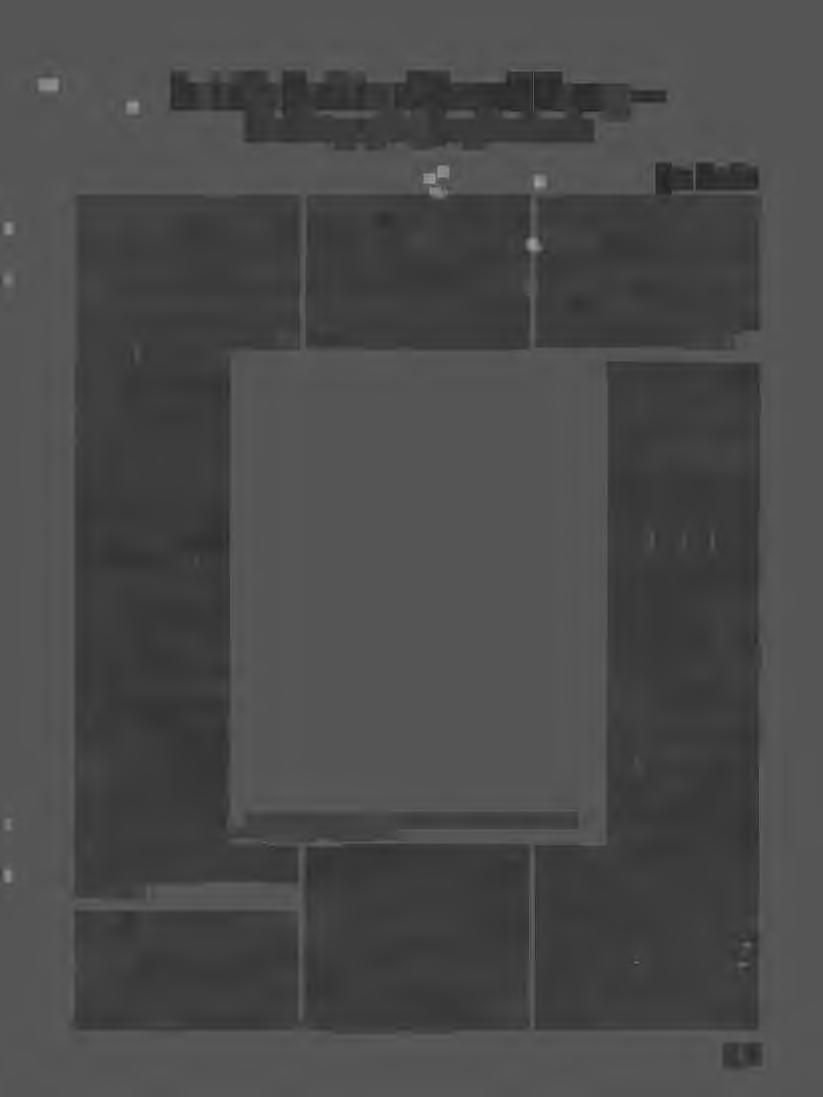
never published another (though he had published a collection of short fictions two years before, and destroyed the manuscripts of two novels, one a bit of juvenilia, the other a novel on which he apparently worked for the decades following Pedro Paramo's publication). An instant classic-if such a thing existsthe book is adored and revered by
JonNewlin
ers whose works followed its printing· though its verbal palette is considerably more sombre than the Douanier Rousseau jungle colors that inform their works. (Vargas Llosa, Carlos Fuentes, and Garcia Marquez have all voiced their admiration for Pedro Paramo and acknowledged its influence on their own novels.)
Pedro Paramo is a quest novel that slowly turns upside down-instead of the consolation or exhilaration with which such stories normally end, Juan the ·narrator finds himself in a world of revenants speaking in ominous papery whispers. Of all these apparitions, the most important and unforgettable is Susana San Juanbeautiful and ancient, mad and lucid, physically imprisoned by the tyrannical tradition of machismo but mentally free. This woman gives voice to all the sorrows and anachronistic horrors of Mexico-the implication is, of course, that Susana is Mexico and that her madness and the brutalities to which she has been sub-
jected are those of an entire country. When she speaks, it is the chthonic voice of an entire people. Juan realizes that he is not in this world; these people that he has encountered are shades, spirits. Thus, they relate their stories as souls in Hades as told to the mythological heroes who descended-but who re-
turned to greater deeds and glories. There is no such deliverance for the Rulfo came from, as far north as San the generation of Magic Realist writ-narrator of Pedro Paramo: As a
© 1997,Josephine Sacabo,E/ Camino, from the series El Mundo Inalcanzable de Susana San Juan, toned gelatin silver
Pq/11
mythic vision, that of Rulfo and by extension Josephine Sacabo, is much more tragic ~nd altogether more pessimistic. If Pedro Paramo were written in an earlier period, Juan Posada, the great journalistic illustrator of the Mexican popular press, might have illustrated it-if he could have discarded his infectious frivolity. Posada was an artist who brought a curious gusto and gaiety to sordid scenes of freak births, knifings in cabarets, explosions, funerals, and the cavorting calaveras-madcap animated skeletons-for which he is best known.
Sacabo's approach to this novel, a work simultaneously raw and sophisticated, has been evocative rather than literal. (She has tried illustrational photography before-suites of photographs suggested by Charles Baudelaire and Rainer Maria Rilke-but not with this degree of success.) Photography rarely works as an illustration al medium for literature-no photographer could possibly come up with anything as convincing as the il1ustra tions by George Cruikshank or Phiz (Hablot K. Browne) for Charles Dickens, for example, and yet for all their literalness, Cruikshank and Phiz act
as an accomplice to the
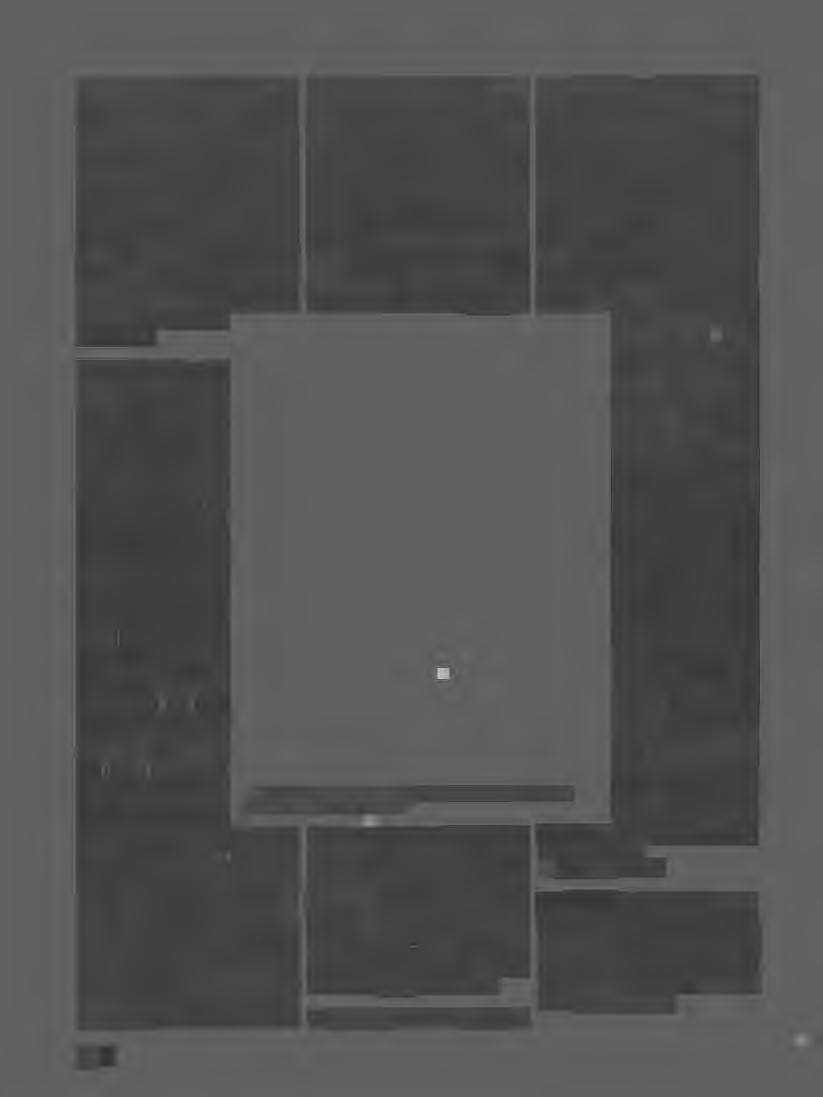
edition of his novels in the early years of the century, James rewrote virtually all of his earlier novels in his later, more abstruse manner) are simply rustlings in the prompter's box before the curtain goes up-when the illustrations don't relate organically to the work at hand. Josephine's reveries on Juan Rulfo's writing form, like those wordless, emotional-yetcryptic woodcut novels of Lynd Ward (e.g., Madman's Drum, Vertigo, Wild Pilgrimage), a coherent narrative that communicates itself in purely vi-
tures, doorways are dark and uninviting, the horizon is always pushed down as it is in Gabriel Figueroa's masterful cinematography for Emilio Fernandez's overripe cinematic soap operas of the Mexican High Forties (which often deal with a callous and untrustworthy social structure, and the physical and mental violence done to women who resist in any way). Susana herself emerges from the shadows and darkness with the monumental fixity of a constellation. Susana is, for Sacabo, intuited rather
sual terms, sometimes throwing the spectator off balance just as it overwhelms him. The photographs in The Unreachable World of Susana San Juan series seem to have been imagined and completely visualized long before they ever found their way into the camera - they seem in fact to have been dreamed and keep with the oneiric spirit of the novel.
In Josephine's Susana San Juan pie-
found, as she says, "an invisible reality of dreams, memories, and connections."
© 2000, Jon Newlin
Jon Newlin is a New Orleans native, journalist, and bookseller. He is the co-author (with D. Eric Bookhardt) of Geopsychic Wonders of New Orleans and is a regular contributor to the book review pages of the New Orleans Times-Picayune.
than observed-as with a constellation, who could have imagined that those shapes were there? The priest in Pedro Paramo is "surprised by Susana San Juan's calm. He wished he could divine her thoughts and see her heart struggling to reject the images he was sowing inside her."With Josephine Sacabo, it is the reverse-Susana San Juan, alone in her room, bed-ridden, enigmatic, is the one sowing the images. The world that Rulfo depicts so allusively is one of a dusty and archaic feudal society with its political, domestic, and religious tyrannies; its ineffectual spirituality; its violence; and obsession with death. Sacabo has distilled this world and like Juan in the novel has imagination rather than a replacement for it. Sacabo's pictures are, like Duane Michals', beautifully allusive accompaniments to the poems of Constantin Cavafy, the product of gratitude for something that is, for the photographer, perfectly expressed. There are always failures or oddities-Eugene Atget seems grafted clumsily onto Marcel Proust, Alvin Langdon Coburn's frontspieces for the New York Edition of Henry James (in which, for a collected uniform
© 1998,Josephine Sacabo, El Vue/a from the series El Mundo Inalcanzable de Susana Jan Juan, toned gelatin silver
Pq/12
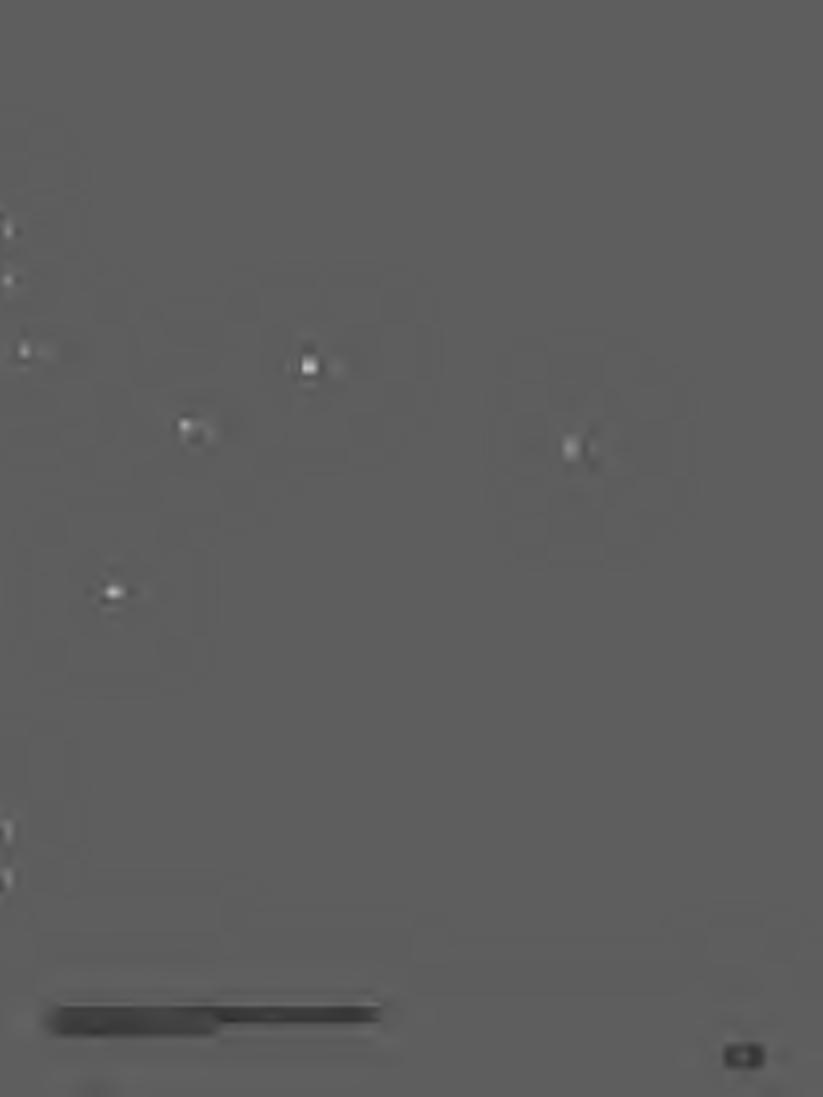
Pq / 13 1
© 1998,Josephine Sacabo,El Final from the series El Mundo lnalcanzable de Susana Sanjuan, toned gelatin silver
TheFutureofSupportingArtistsHasa Past
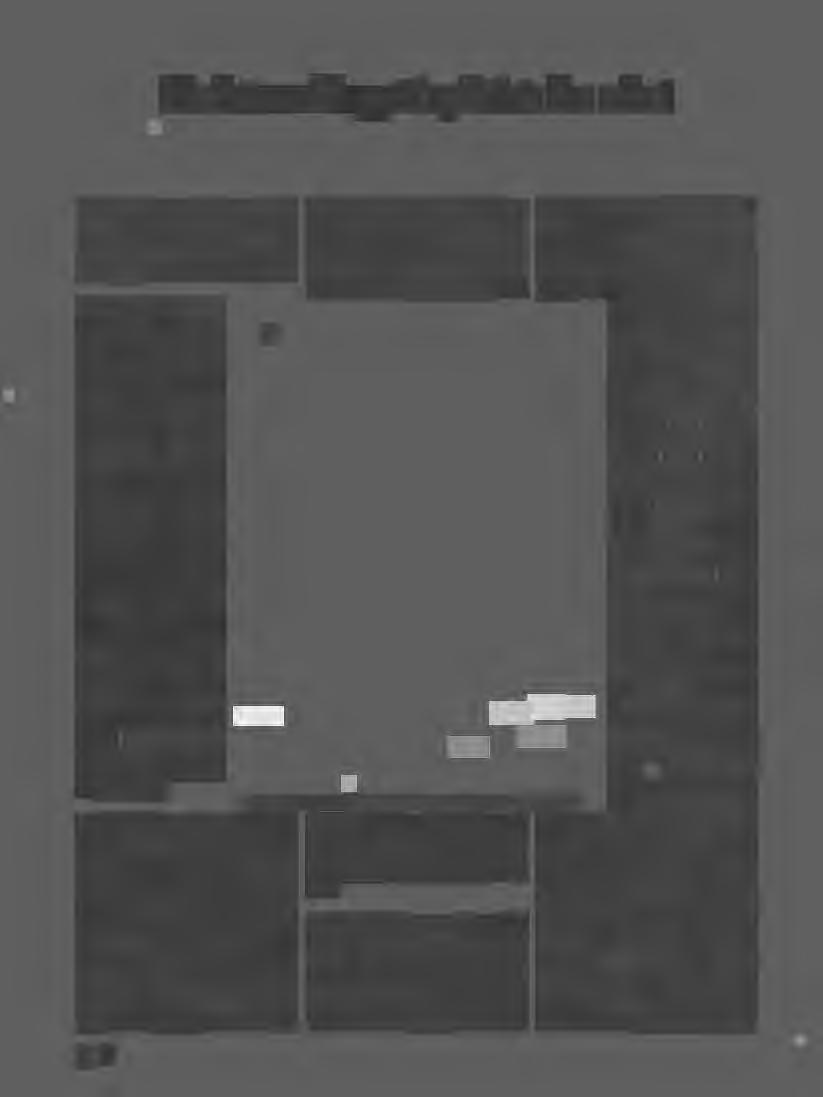
What began as a simple request in 1976 turned into a program where over 25 0 artists have been given the opportunity at Light Work to do what they do best-make new work.
Light Work has always had a clear and simple mission: to support artists. When Light Work became the programming arm of the Community Darkrooms, (a large public access photography facility at Syracuse University) in 1973, we concentrated our support of artists on presenting exhibitions,lectures, workshops, and fellowships for Central New York photographers. During a casual review of a weekend workshop in 1976, the artist who had been invited to Light Work to run the workshop remarked that, while he thought the workshop had been successful, what he really would like to do is spend some uninterrupted time working in our lab without any distractions or obligations.
annual applications. Each artist selected to participate is provided with a private darkroom and twenty-four hour-a-day access to the Community Darkrooms, an apartment, and a two thousand dollar stipend. During their
fine the medium of photography in very broad terms and have attempted to support all expressions of diversity. We have been fortunate to have worked with many artists in the early stages of their careers who have become influential leaders in the field including Cindy Sherman (1981), Laurie Simmons (1981), Zeke Berman (1982), James Casebere (1982), Jim Goldberg (1983), Barbara Ess (1985), James Welling (1986), Carrie Mae Weems (1988), Clarissa Sligh (1989), Maria Martines Canas (1990), Fazal Sheikh(1993)andAlbert Chong (1993), among many others. Lightwork is pleased to have worked with so many talented artists and proud that many of them have gone on to become some of the most influential artists of our time. But for every artist that is fortunate enough to merit international attention, there are scores of artists who make important contributions within more contained
and often under-served, We took that suggestion to heart and residency artists are expected to con-culturally diverse, or culturally speafter a few years we were inviting and centrate on producing new work ei- cific communities. Light Work cannot paying artists to work at our lab on a ther in the darkroom, at the computer, predict which artists will gain interregular basis. In the process of estab-in the studio, or photographing in the national attention when we are selectlishing our Artist-in-Residence pro-field. ing emerging young artists and gram we learned a valuable lesson under-recognized mature artists to that continues to guide our organiza-Throughout the course of our AIR participate in our Artist-in-Residence tion today-be true to your goals and program we have always been inter-project. But what we can predict, listen to the needs of artists. Over the ested in supporting emerging artists based on twenty-five years of experiyears the program has continued to and more mature artists who are not ence, is that by giving a diverse comgrow and we currently select twelve receiving adequate public attention munity of artists the opportunity to to fifteen artists per year to partici-or whose work is outside of the main-make new work, and by inventing pate in the program from over 250 stream. We have always tried to de-outlets for their imagination through
Pq/14
© 1999 Annu Palakunnathu Mathew,Jtingle Fever, from the Bollywood series, inkjet
JeffreyHoone
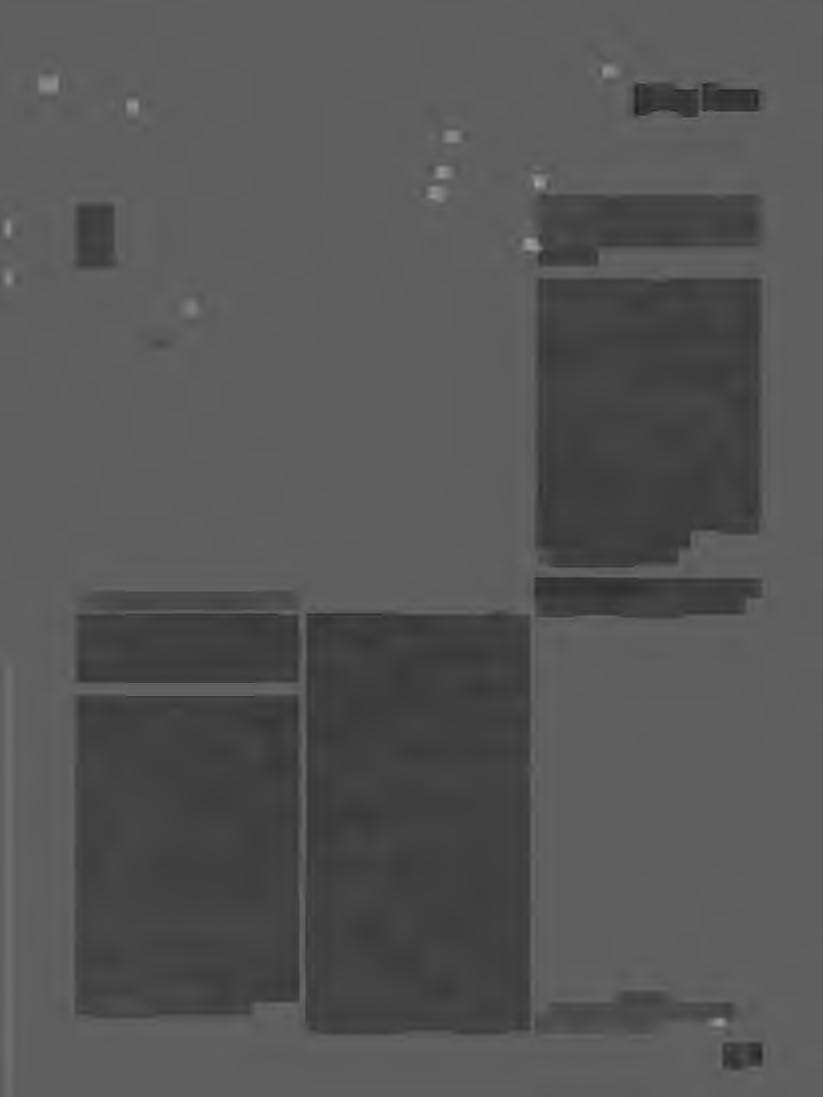
© 1999 Patrick Jolley, untitled, gelatin silver, 14xl4" publications and electronic media, we can support a creative legacy that can impact both local communities and national and international audiences.
As the needs of artists have changed over the years we have also had to change and update our facility in order to meet those needs. In May 2000 we began our most ambitious building project when construction begins on a three million dollar expansion of our existing facility.When construction is completed inJanuary 2001 we will have doubled the size of our current facility and renamed the building The Robert B. Menschel Media Center. The new facility will have greatly expanded workspaces for color and black-and-white printing, as well as expanded computer facilities where artists will be able to make archival digital prints on rag paper up to thirty-six inches in width.
The expansion was necessary in order for us to keep up with changing technology, but even more critical than keeping up with technology, is keeping up with the way that artists work. In the past, artists working in photography generally concentrated on one aspect of the medium, practiced it well, and were familiar with the necessary equipment, chemistry, and technology. More recently artists are ignoring barriers between mediums and are eager to experiment with new technologies, presentations, and materials.As a result Light Work has had to adopt to meet those changing issues by providing many artists with a closer level of assistance than ever before. In the past we might have just had to point the artist to the darkroom, show them where the chemicals were, and what doors to lock up at night. Today it is more typical that an artist will see a thirty-six inch digital print coming out of the printer and
say,"show me how to do that", or they may want to know how to build a website, or create an interactive CDROM.
The challenge for us and for other organizations that support artists in the production of new work is how to meet those needs now and in the future. Meeting those prerequisites will certainly require more staff with specific skills, temperament, and attitude. Fortunately organizations like Light Work, the Center for Photography at Woodstock, and many other similar arts organizations are not only interested in supporting artists but are also run by artists which makes us positioned well to help other artists solve problems and reach goals now and into the future.
© 2000,Jeffrey Hoone
Jeffrey Hoone is the director of Light Work in Syracuse, New York.
Pq/ 15
© 1999 Ernesto Pujo, Shrouded Nun from the Hagiography series, C-print •
In September of 1995 I took a radical concept to my Board: I wanted to sell Franklin Furnace's New York City loft, and concentrate the program on broadcasting artists' ideas. This was not really dissimilar from the original purpose publishing itself served in 1910 when the Italian Futurists threw 800,000 manifestoes berating past-loving Venice onto the heads of folks emerging from church. Except now there were all sorts of new ways to broadcast artists' ideas including broadcast, cable telev1s10n, and the Internet. The Board really went for it, especially the plan to get performance artists on broadcast television, which I ultimately failed to accomplish.
Not too long after the decision to sell Franklin Furnace's loft was made, I was invited by performance artist Nina Sobell and artist Emily Hartzell
GoingVirtual
away satisfied with my first virtual performance. This was in October of 1996. In December,Jordan Crandall, Director of the X-Art Foundation, invited artists to curate works for Blast 5, and Adranne Wortzel selected Nina and Emily, who in turn invited Franklin Furnace to be a part of the cyber/physical space/time installation at Sandra Gering Gallery. I selected four artists/collaborations: Alexander Komlosi, Tanya Barfield/ Clarinda MacLow, Anita Chao/
ing away at the health of the body politic, and the performance included two coffins and a man dressed up as the Grim Reaper. (I think it says something when the Christian conservatives recognize the power of performance art tactics in getting their point across.)
to perform on Park- NoraYork,Fox Fire, netcast presented live on May 1, 1988 Bench's ArtisTheater. It was Nina and Emily who, in 1994, performed and archived their first real-time web performance via a remotely-controlled web cam; and saw the potential of the Internet as an
Rumiza Koya, and Prema Murthy/ Diane Ludin to prepare works that are still archivally available at parkbench.org. art medium, with its new textual
But this time, Franklin Furnace was building its website as its public face, so I decided to put up a page called U-B-D-Judge,to collect public comment, both positive and negative, regarding the works in exhibition. We reprinted CAN's press release in its entirety, and ours; and asked permission of the artists to publish their work on our site, each piece accompanied by the artist's statement explaining why Jocelyn Taylor had a speculum up her vagina, for example. Sure enough, this page has generated both positive and negative comment, intelligent and stupid comment, all of it valid and important to the discourse that surrounds and emanates from contemporary art.
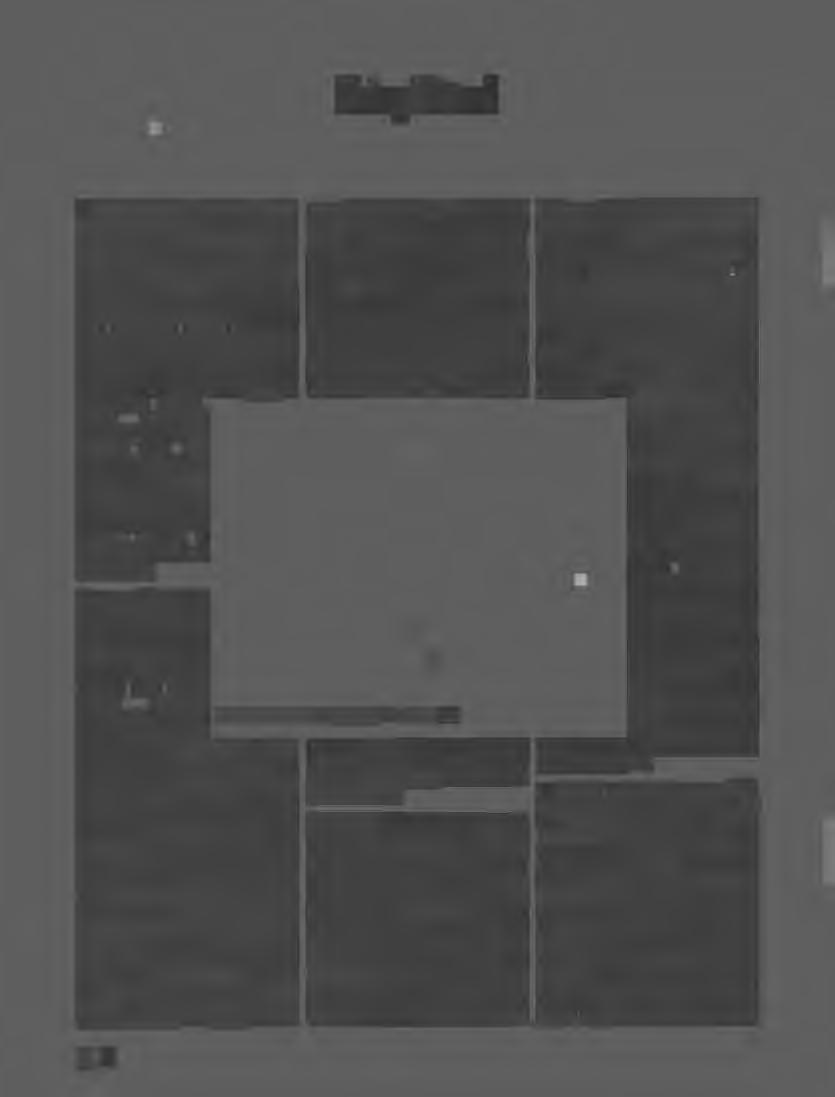
Altogether, Franklin Furnace got in and visual vocabulary, as well as its trouble four times with the forces of potential to draw artists and audiences into interactive art discourse. I decided to do Tipper Gore singing The Star-Spangled Banner to accommodate the one-frame-per-seco nd speed of the netcast. The performance was a collaboration: a red velvet curtain was hung behind me, and an intern, Cory Muldoon, was inspired to superimpose the lyr-
darkness in Congress and among conservative Christian right groups.
In September 1996, the Christian Action Network (CAN) mounted a performance art spectacular on the steps of the Capitol Building to protest the $132,000 in federal dollars (not true) we were spending on our Voyeur's Delight exhibition, and to call for the death of the National ics of our National Anthem, in blue, Endowment for the Arts. Their press upon my body as I sang. I came release linked us with the virus eat-
In 1996-97, I mounted a pair of 20th Anniversary exhibitions to go out of the physical space with a bang: Voyeur's Delight, organized by Barbara Rusin and Grace Roselli, to examine the power of looking; and In the Flow: Alternate Authoring Strategies, to trace the evolution during the last two decades of art as flowing information rather than property, including works by Sol LeWitt, Group Material; Louise Lawler, Frank Gillette and David Ross, the Thing, X Art Foundation, Guerilla Girls, and others. On February 1, 1997 this exhibition closed
Pq/16
and Franklin Furnace's website was launched as the institution's public face.
Also during the fateful year of 1996 I developed a pilot tape to show to cable and broadcast television producers in what turned out to be a
futile effort to get performance artists on television. It was called Untitled, and it showed a wide array of artists' approaches to the subject of sex -since the commonly-held belief is that that's all we think about anyway, I wanted to show encounters that were humorous, despairing, scary, satirical of corporate exploitation Some members of my Board felt this represented a tactical error, and that I would never succeed in catching the interest of television executives.And indeed, after meeting with Lorne Michaels, Tom Freston, Eileen Katz, Mary Salter, Susan Wittenberg, Sue West, and other 'executive types', it became clear to me that broadcast and cable television represents an entrenched industry, one that has become highly regulated, developing "standards of conduct" and clear taboos in order to continue to blast content directly into our homes.
Meanwhile, internet-based broadcast companies were courting me. Sensory Networks, Thinking Pictures, and Pseudo Programs -these startup companies -were broadcasting over the net from such facilities as clubs, gorgeous Chelsea studios, and funky lofts in SOHO. At first I was put off by the tiny, jerky image and the cramped, performance facilities that Sensory Networks was proposing to use to mount a performance art program. I wanted the gorgeous
studio that Thinking Pictures had built on West 16 th Street in New York City. Franklin Furnace entered a long conversation with Thinking Pictures' principals that would have included asking Laurie Anderson to kick off our virtual performance program. But on September 19, 1997
MarthaWilson
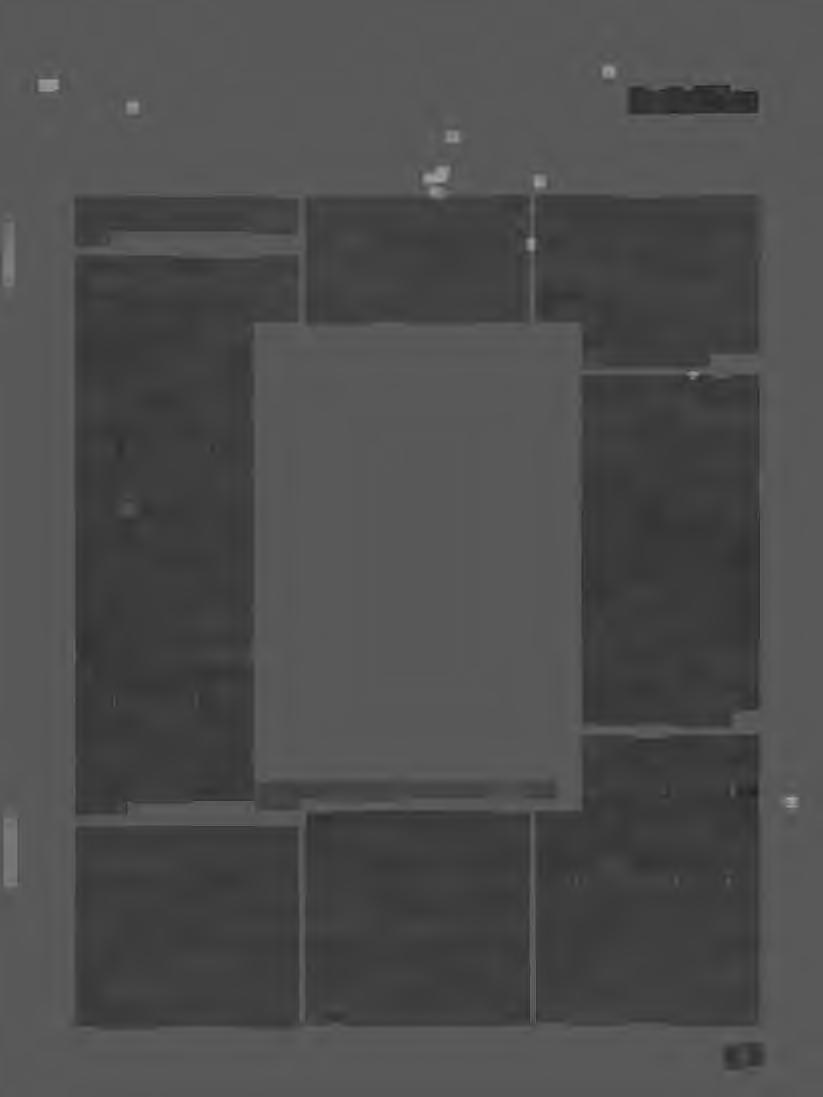
our deal crashed and burned over the issue of money: Thinking Pictures wanted $4,000 for each use of their studio -which they were getting from fashion, music, and sports clients. So I went hat in hand back to Galinsky at Pseudo Programs. Galinsky had proposed a performance program in collaboration with Franklin Furnace during the summer of 1997, but I had vetoed Pseudo because their studio was not capacious, nor set up for visual artists -Josh Harris, the founder, had
established it as a radio network first, but was luckily at the same moment (fall 1997) preparing to become the largest producer of television-style broadcast over the Internet. Plus, these guys wanted MORE Annie Sprinkle. They were not only not afraid of the tendency of artists to get naked, they embraced challenging imagery wholeheartedly.
When the ink dried on the contract selling Franklin Furnace's loft in September, 1997, the Board went into a paroxysm of doubt about what a virtual institution was and what its programs should be and for whom, so we entered a soul-searching process that included a series of town meetings with artists and others within and without the artworld. I commenced an itinerary of travel and research, attending conferences such as Silicon Alley 98, Circuits@nys, visiting Museums, and surfing the Web; and began to meet, talk, re-evaluate, and re-imagine Franklin Furnace's role as an "alternative space" at the end of the century.
At this same dark time, in the spring of 1998, we were mounting our very first netcasting program Franklin Furnace at Pseudo
Programs, Inc. Ten artists -selected from among proposals to the Franklin Furnace Fund for Performance Art - were invited to prepare performance works for netcasting to a worldwide audience. Galinsky and I created a contract that gave artists six hours of production time for fifty minute shows uninterrupted by commercial breaks. Halona Hilbertz, Bingo Gazingo, Patricia Hoffbauer, Jon Keith, Jason Bowman,Anna Mosby Coleman, Kali Lela Colton, Lenora Champagne,
Ana Mendieta performance,April 4, 1982, Body Tracks, (photo© Marty Heitner)
Pq/17

Nora York, and Alvin Eng toured Pseudo's facilities and began to pitch their ideas to Galinsky, who could explaih how ideas might look translated into the new art medium of netcasting.
By our second season, September 1998 to July 1999, we revised the length of the show to thirty minutes because our experience had demonstrated that artists did not usually have enough material to fill nearly an hour of air time; further, as the season progressed, it became clear that the discourse we had hoped to engender would need some priming at the pump. Consequently, Franklin Furnace and the participating artists developed a format that was optional, but got used much of the time: I would introduce the work; the netcast would proceed; then the show would end with a questionand-answer period with the artist, the public communicating on the "chat" lines and invited guests of the artist and Franklin Furnace (such as Moira Roth, performance art critic; Jessica Chalmers, performance artist and critic for the Village Voice; Robert Atkins, cyber commentator). In this way, we successfully developed a dialogue about the work, performance art, the new art medium of netcasting, and the body of the artist and the net.
Our audience had fundamentally changed from seventy-five people sitting on hard folding chairs to an international audience of aficionados who view netcasts on their computer terminals: artists, art professionals, college students, office workers - and we think young folks - though we're not sure. We get statistical analyses of the number of .corns, .nets, .edus, .govs and have found that viewers in the United States are down the list after Japan, Australia, Eastern Europe, and Western European countries! In gross numbers, we have seen our audience increase from an average of five-hundred "hits" a week in our first season, to six-hundred in our second, and seven-hundred now.
With the change in the presentation of avant-garde art has also come a fundamental shift in the relationship of the artist to audience. "Chat" al-
lows the audience to interact with the artist, and to ask questions about the work. Artists may utilize chat commentary by members of the audience as part and parcel of their performance, as Anna Mosby Coleman did in an non, during which she sang words that appeared on the computer terminal before her. Artists may also pre-record their performance entirely as did Alvin Eng, in order to fully respond to questions and comments during the live netcast. An artist may build an analysis of digital technology into the content of the work, as did Rae C. Wright in her piece entitled Art Thieves, a send up of the notion of originality in Western art. Or the artist may utilize chance to allow audience members to experience different versions of a performance, as Kathy Westwater used Shockwave to randomize dance sequences so that no two audience members see the same presentation.
On the receiving end, a netcast is slightly disynchronous - as sound and image signals are sent out separately - depending upon the congestion on phone lines, images and sounds may link, then go out of phase. Some artists view this as a unique feature of netcasting that may be exploited, as Irina Danilova and Steven Ausbury did in their performance Mir is Here, a meditation on inner and outer space, private and public space, which looked very much like images beamed to Earth from NASA'sApollo missions. Others view animation as a new visual tool, as Nora York's employment of Nancy Spero's images to augment the impact of her songs attests. Mark Fox created little bodies (puppets) especially for the scale of netcasting so that the figures would fill the small netcasting screen. Most profoundly, netcasting differs from presenting in other media because it may be viewed at the audience member's discretion; after the live netcast had been aired, it was stored on Pseudo Program's server to be viewed later from any point on the globe.
During Franklin Furnace's second netcasting season, I was struck by how artists (often dancers) were unwilling (perhaps because they view
their bodies as their instruments) to make the leap from the human body to the body of the net, with its parallel circulatory system and interactivity. The netcasting experience was sometimes viewed as a means of broadcasting existing work, rather than a new art medium to be explored. (Granted, artists were still given only six hours of production time with Pseudo equipment and staff, so the artists who really wished to exploit the Internet as an art medium often did so on their own time, and at their own expense.) For THE FUTURE OF THE PRESENT 2000, Franklin Furnace's current season, we have reconceived this program as a series of monthlong residencies in collaboration with New York City's Parsons School of Design, Digital Design Department, so that artists have access to the entire range of digital vocabulary (i.e. not just netcasting) and sufficient time to create "live art on the Internet".
Someone asked me what I would have done if I had had all the money in the world, and I had to admit I would probably be the director of a downtown art emporium today. I miss live performance, the smell of the bean sprouts, and the roar of the crowd. Going virtual has not been easy, but it has been challenging and important. Perhaps this contemporary moment bears comparison with the "golden age" of American avantgarde practice in the 70s, when artists were encouraged to experiment wildly. The Internet is still a wideopen frontier with very few fences (read: censorship) in place. Giving artists access to a "team" of programmers, engineers, and designers may change not only the art and the definition of artist as a lonely soul in a garret, but also the potential of art to affect broad social concerns-to change the world. The time is now for artists to get their underground ideas to the broadest possible audience through this convergent art medium -one that was sought, but perhaps not fully realized, by 20th century visionaries.
© 2000, Martha Wilson
Martha Wilson is the founding direc tor of the Franklin Furnace Archive, Inc. in New York City.
Pq/18
ri
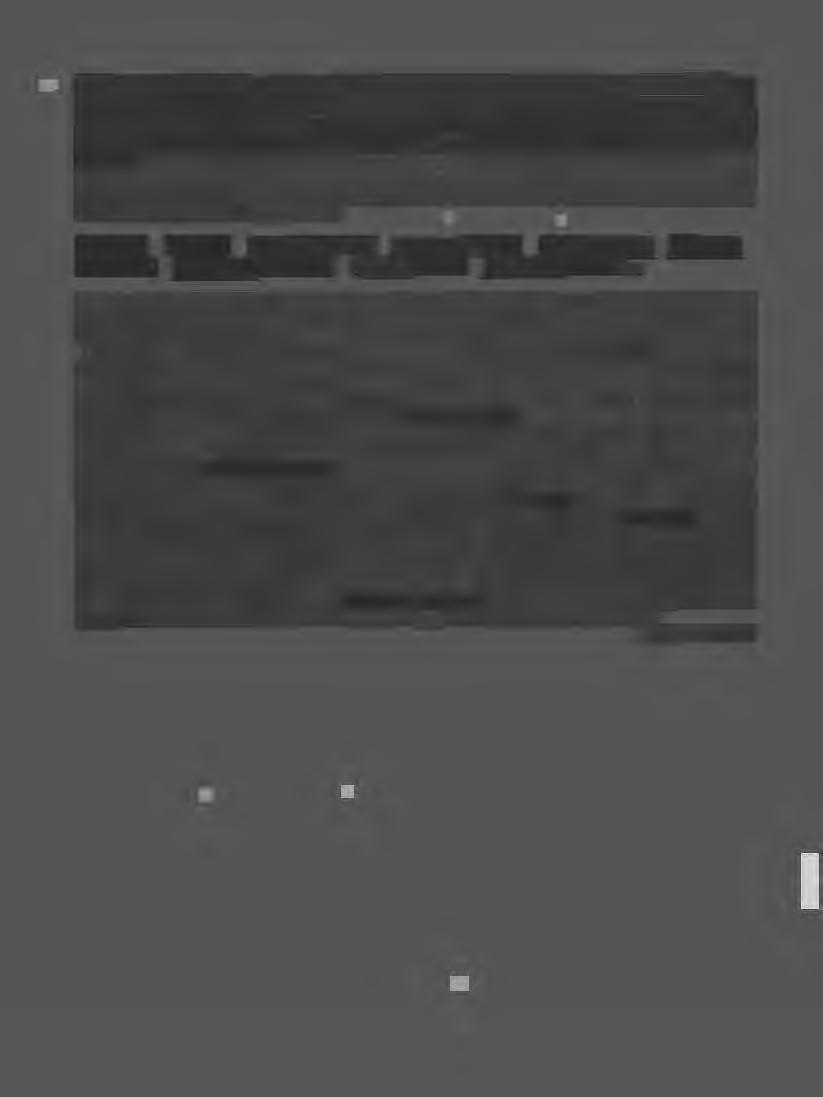
The Center sounded a call to the national creative community to share with us photographs that speak about today's adventures, past time, once upon a time, timelessness, future time, or once in a blue moon. We welcomed hundreds of photographers and invited Linda Freeman of Tinie magazine to select this picture feature. Freeman has worked with Time for the last seventeen years. As assistant to the Art Director, her work revolves around coordinating the cover of the magazine -assigning, c6m.J?iling,editing, and orchestrating photography and illustration. She works with photographers such as Timothy Greenfield-Sanders, Robert Rauschenberg,JoyceTenneson, Herb Ritts,Albert Watson, and Greg Gorman.
Timeless I stillness I time stands still/ passage of time I aging process / life span I memories I capturing a moment I a place in time I capturing an era ...
Looking at photographs and being able to spend time with the entries for The Time Is Now was an enriching experience. Mostly black-and-white and documentary in nature, the submitted photographs were rich and thought provoking.After making my selections based on the quality of work and the theme of time, one of the main criteria I used for determining the finalists was lasting power - which works stayed with me.And indeed, the work I've chosen is strong, thoughtful, and timely.JANE OLIN's (Carmel Valley,CA) haunting group of photographs, The Aging Body, shows the passage of time using the vehicle of self-portraiture. Her work is a group of brave and unrelenting portraits, cropped and direct, yet delicate in tonality (sepia) and focus (soft). Jane's portrait of feet is a devastating look at aging. Her photographs of self-examination have a beauty and honesty that is timeless ( bringing to mind the work of Juliet Margaret Cameron and Imogen Cunningham. PATRICIASANDLER's (Los Angeles, CA) sensitive series From My Father's Book; First Memory; Reconciliation; and Independence Day combines type and photography to tell the story of a life, a life span. Comparisons is a courageous self-portrait with the text telling the then-and-now of the psyche. The work is simple, elegant, and thoughtful. CAlHY WEST MULLINs' (NYC, NY) alternative-process landscapes show timelessness.These qutet moody photographs evoke the past.Time stands still in these images of New York City's Central Park, a country road, a Vineyard lighthouse, and a hotel interior. Contemporary times are seen in the edgy photographs of SUSANBANK (Philadelphia, PA). She captures a moment in energetic black-and-white documentary portraits, full of attitude, eye contact, and posturing. XTOPHER J. (Brooklyn, NY) depicts the life and times in moments including The End of Summer - an exuberant jump into a lake, a concert, a scene reflected in eyeglasses, and the unreality of the 0.). Simpson verdict -seen on a television in an empty room.An intimate moment, a conversation, is caught in a blurry silhouette.There is a quiet, outsider feeling to these photographs. Casual groupings in private spaces, be it on the hood of a car or in a front yard, on a couch, a bed, or by the front door, show an inside look at suburban youth today. Black-and-white portraits are the subject of PATRICIAD.RICHARDs' (Plano,TX) work.The young people have a relaxed quality about them that invites the viewer into their world, with easy intimate body language and eye contact.
© 1999, Linda Freeman
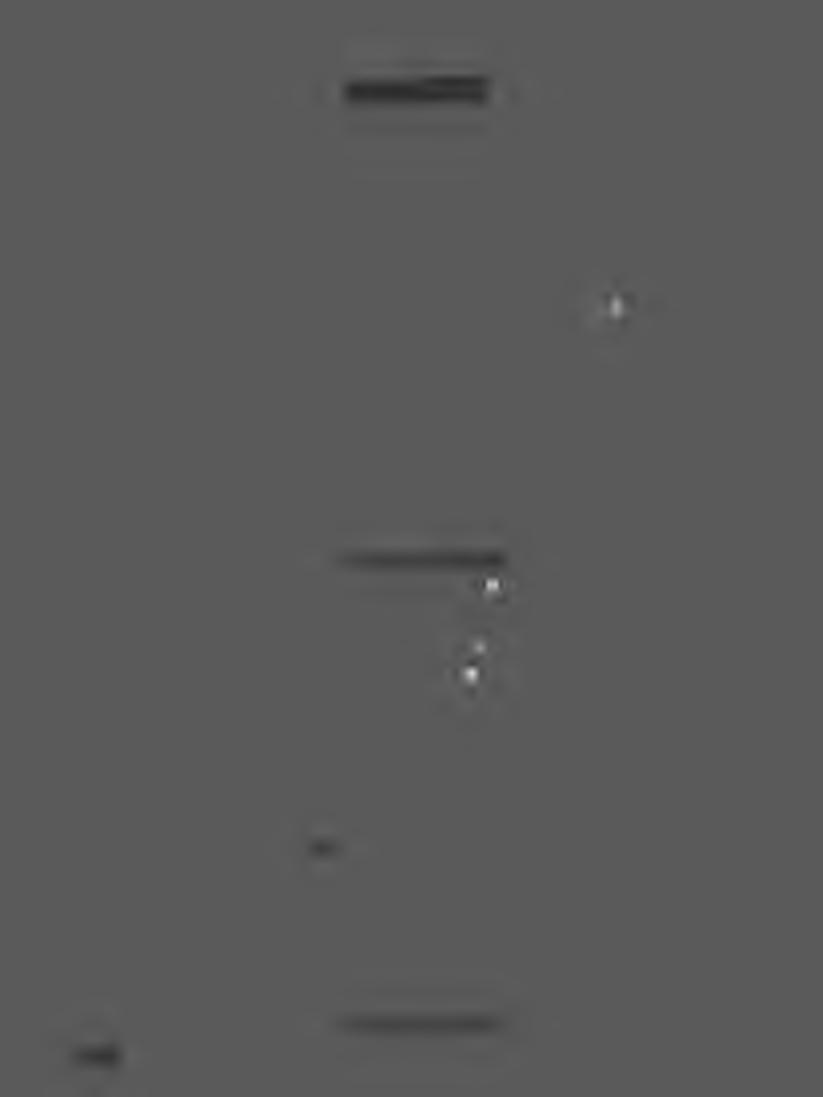
susan bank
© 1977 The Fourth of July, gelatin silver
Pq/20
© 1998 Salisbury Beach, gelatin silver
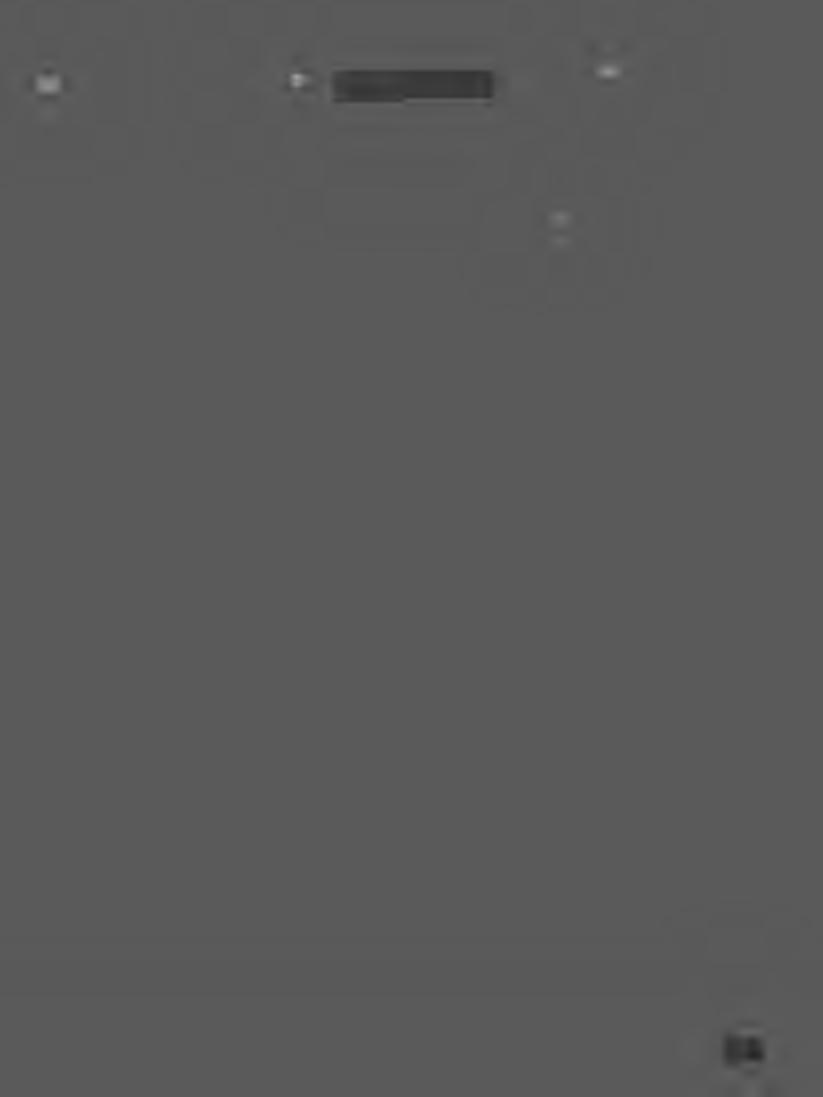
cathy mullins
Pq/21

Jane olin
Pq/22
© 1998 The Aging Body Ill, toned gelatin silver
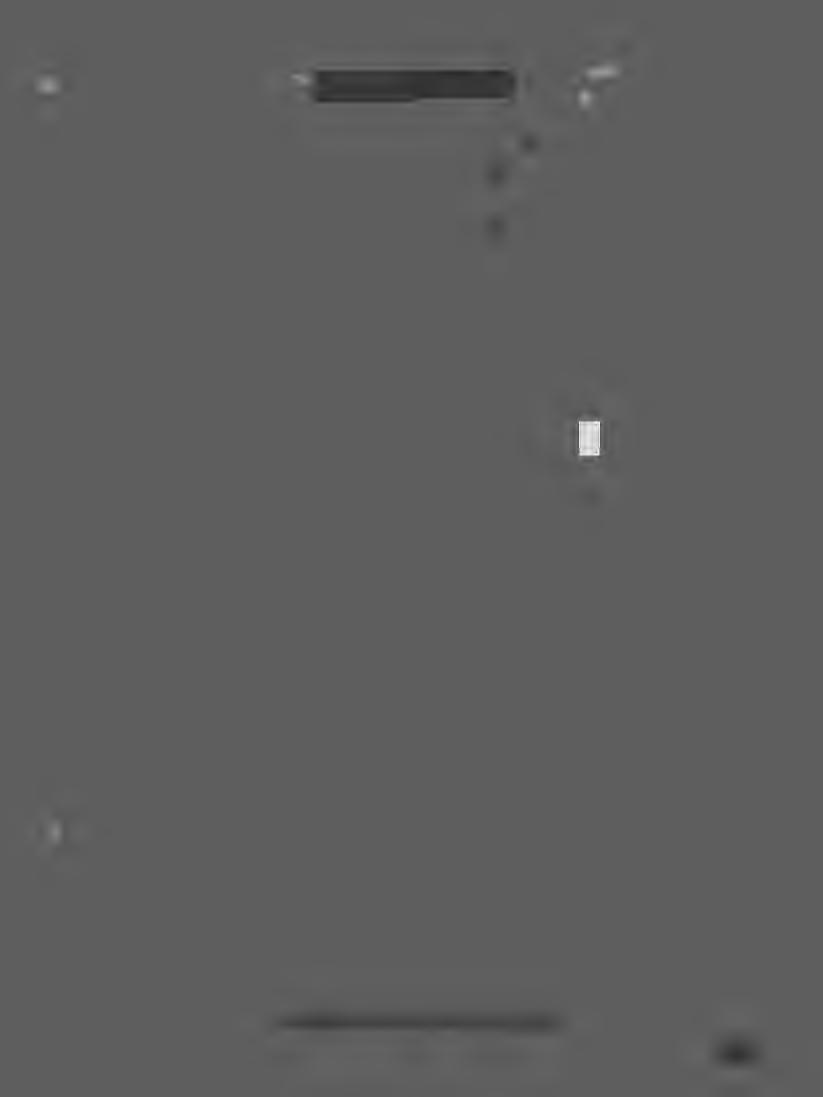
patricia richards
Pq/23
© 1997 Inside the Circle (Jessie at 11, with Keystone), gelatin silver
patricia sandier
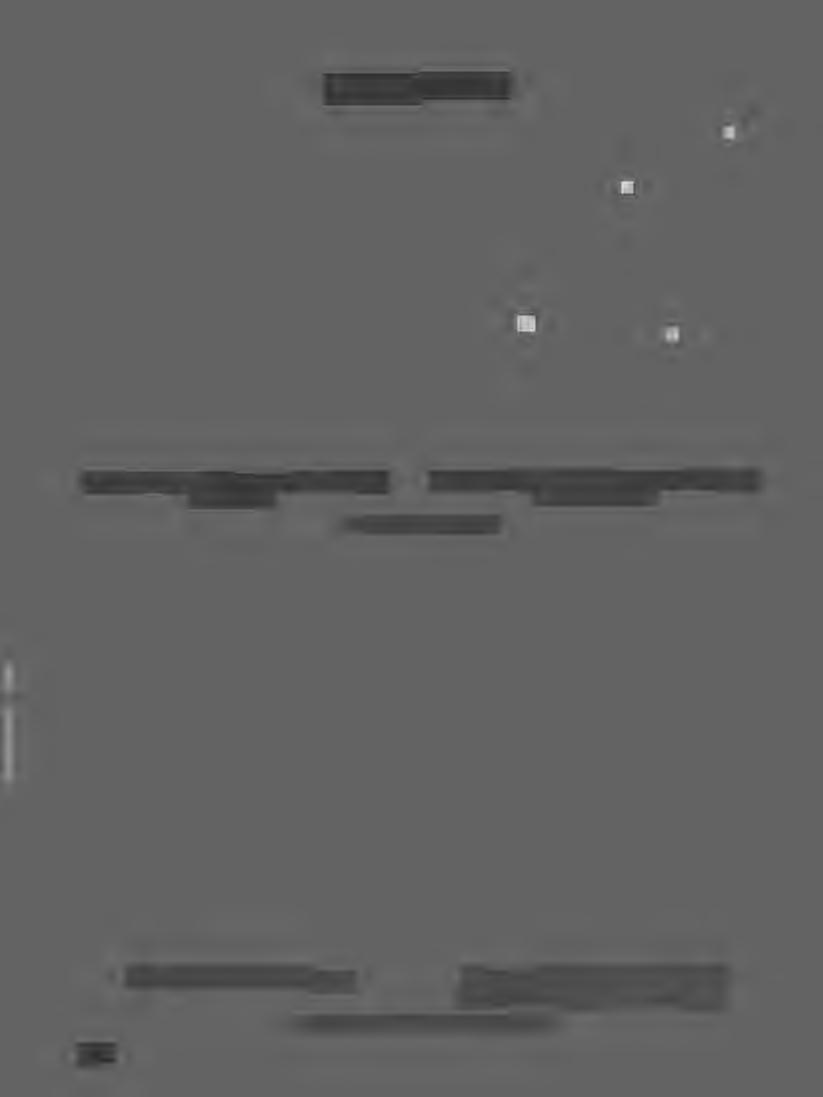
Afraid of the dark, and monsters under the bed, climbs trees.
Welcomes the dark, afraid of monsters in the heart, climbs mountains.
© 1999 Comparisons, diptych, inkjet
All in all, this life has been super. If you can overlook the aches and pains that come from being around too long.
© 1999 From My Father's Book, Reconciliation, diptych, inkjet
Pq/24
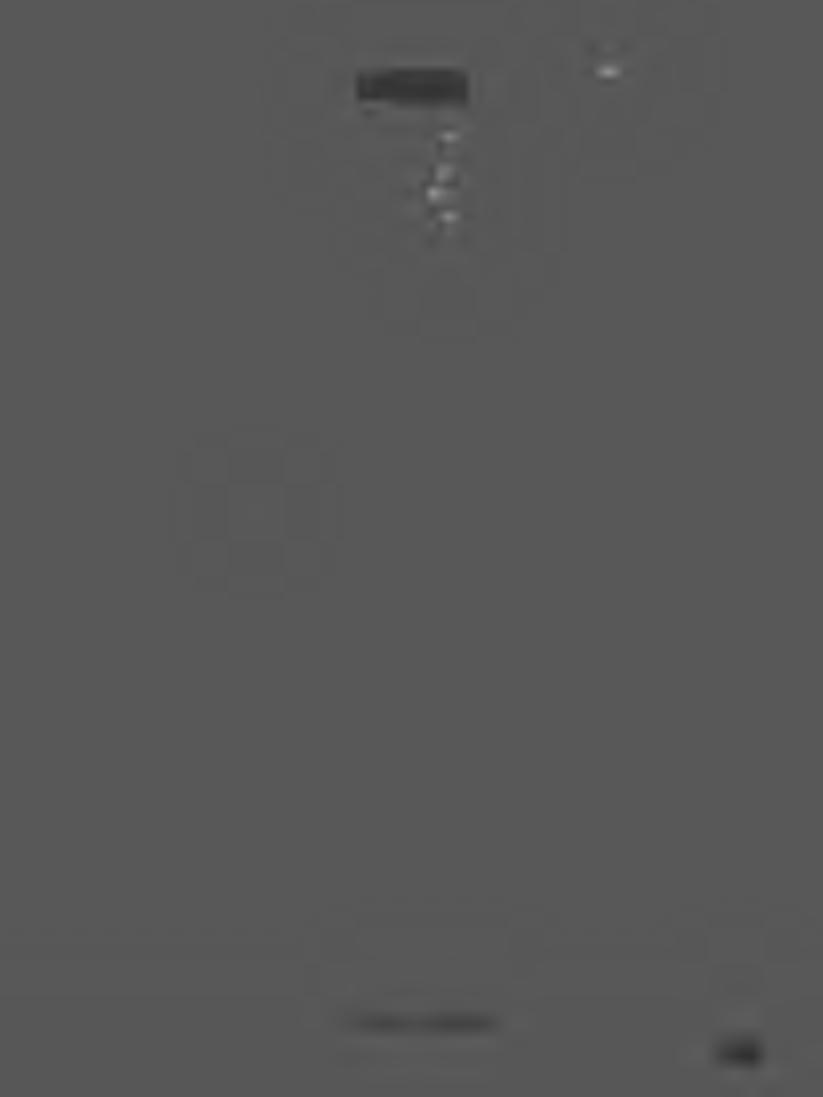
Pq/2S
xtopher j.
Markyourcalendar
February 16---18
New YorkHilton,Midtown NewYorkCity
ExhibitionsOpen
Friday,February16and
Saturday,February17,12-8pm
Sunday,February18,11am-6pm (Thursdaynightpreviewby exhibitorinvitationonly)
TicketPrice
$15/Oneday pass,$30/Threeday pass (licket priceincludesAIPAD'sAnnualMembership Directoryand1//ustratedCatalogue)
SpecialExhibition
BeyondBoundaries-Contemporary Photographyin California
An exhibitionorganizedby The Friendsof Photography,SanFrancisco
Sponsoredby TheAssociationof InternationalPhotographyArt Dealers 1609ConnecticutAvenue,NW,Washington,DC20009
Tel:202.986.0105Fax:202.986.0448
Email:aipad@aol.comWeb:www. photoshow.com
address correction requested
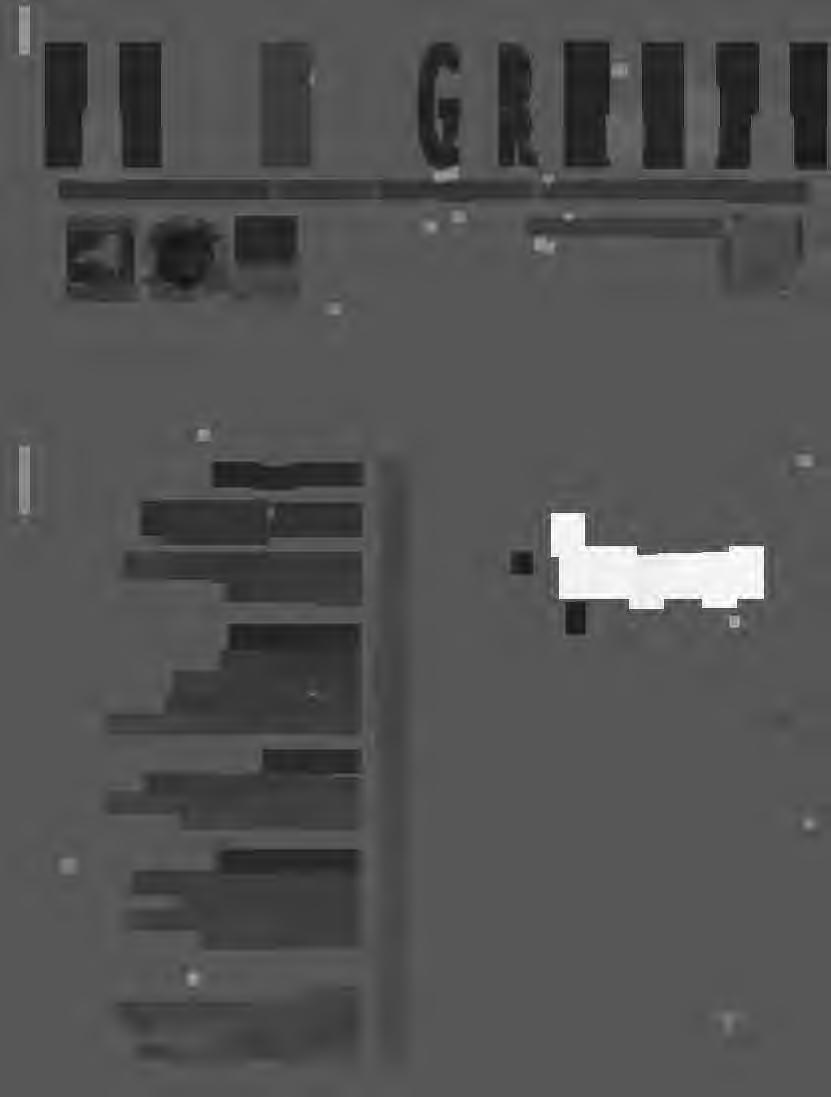
Non-ProfitOrg. U.S.Postage PAID Woodstock,NY 12498 PermitNo.33 ®
qr CENTERFORPHOTOGRAPHYATWOODSTOCK I 59TINKERSTREET I WOODSTOCKN_EWlORK12498IT8456799957F8456796337EMAIL:INFO@CPW.ORG
-I =(D i ...=tA.. &;" ... c.c (D S4 "'C 0 tA -· ,.. -· 0 = C (D < i =S' .,, -· = (D :z::.. -a =Sl. 0 c.c ... m "'C =<





 © 1999 Charles Martin, untitled, gelatin silver
© 1999 Susan Evans, See America project, gelatin silver
© 1999 Charles Martin, untitled, gelatin silver
© 1999 Susan Evans, See America project, gelatin silver




 © 1997,Josephine Sacabo,Susana Sanjuan, from the series El Mundo
© 1997,Josephine Sacabo,Susana Sanjuan, from the series El Mundo















